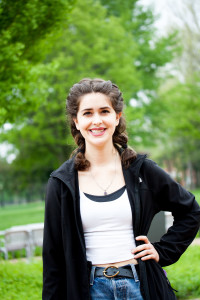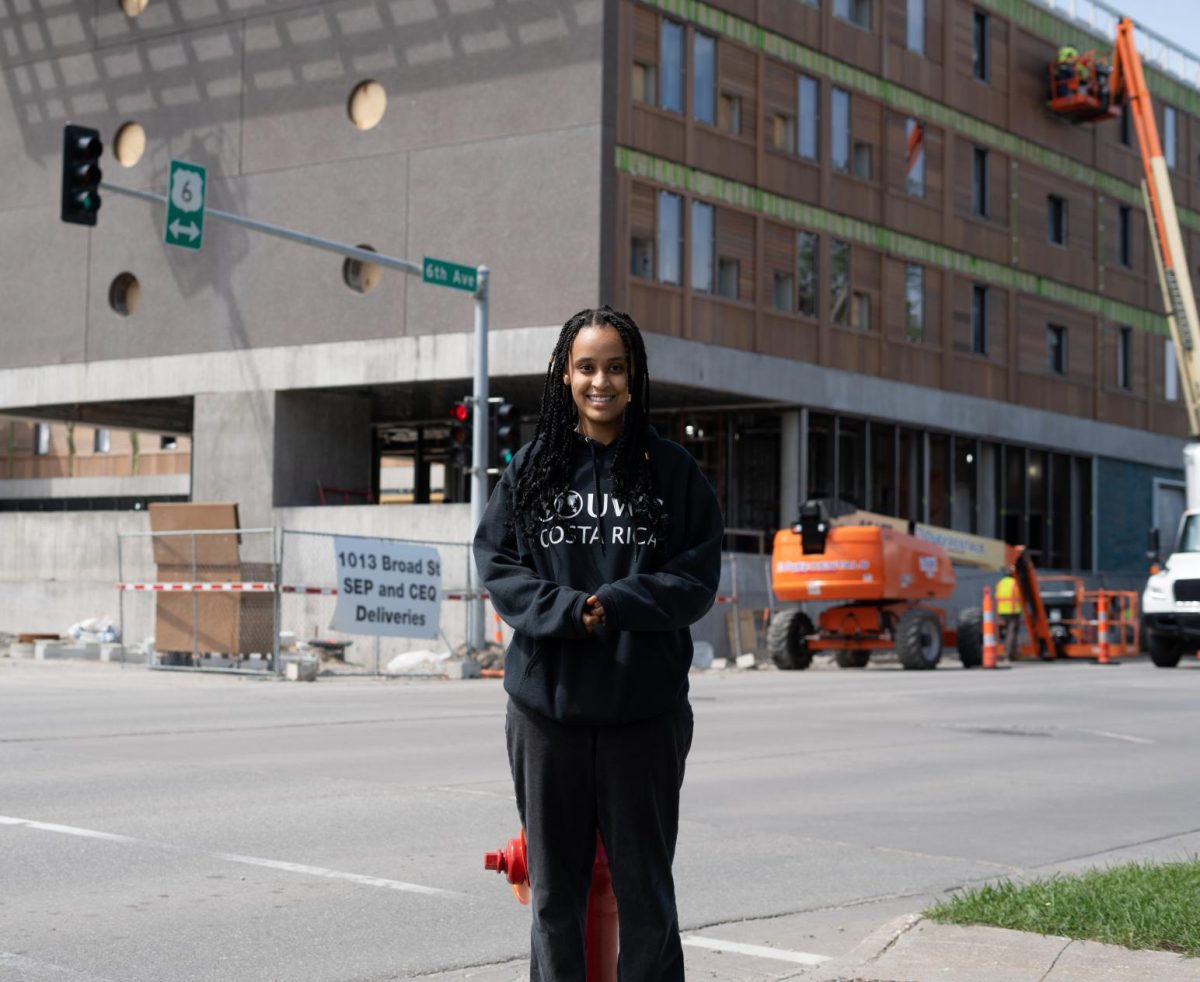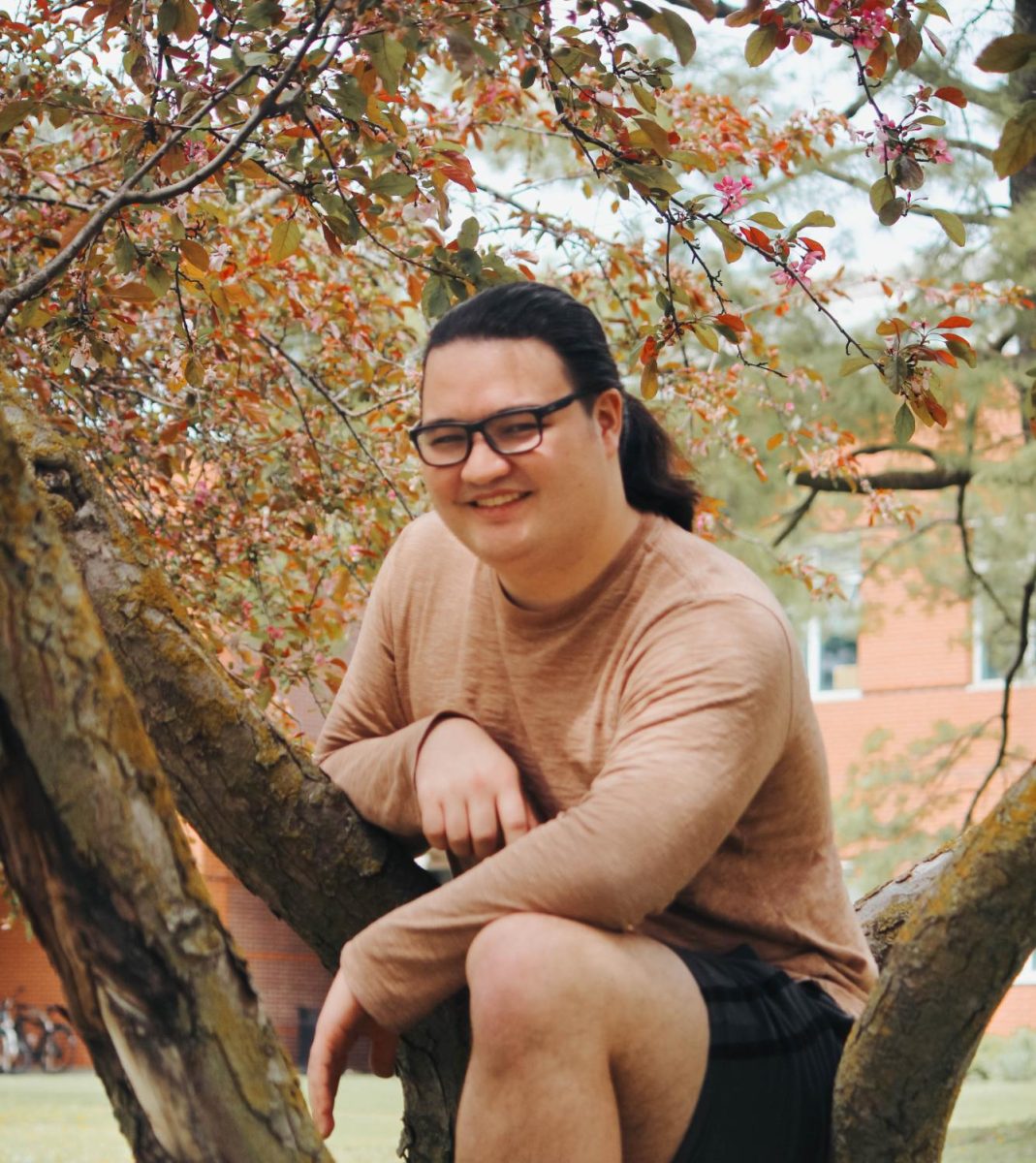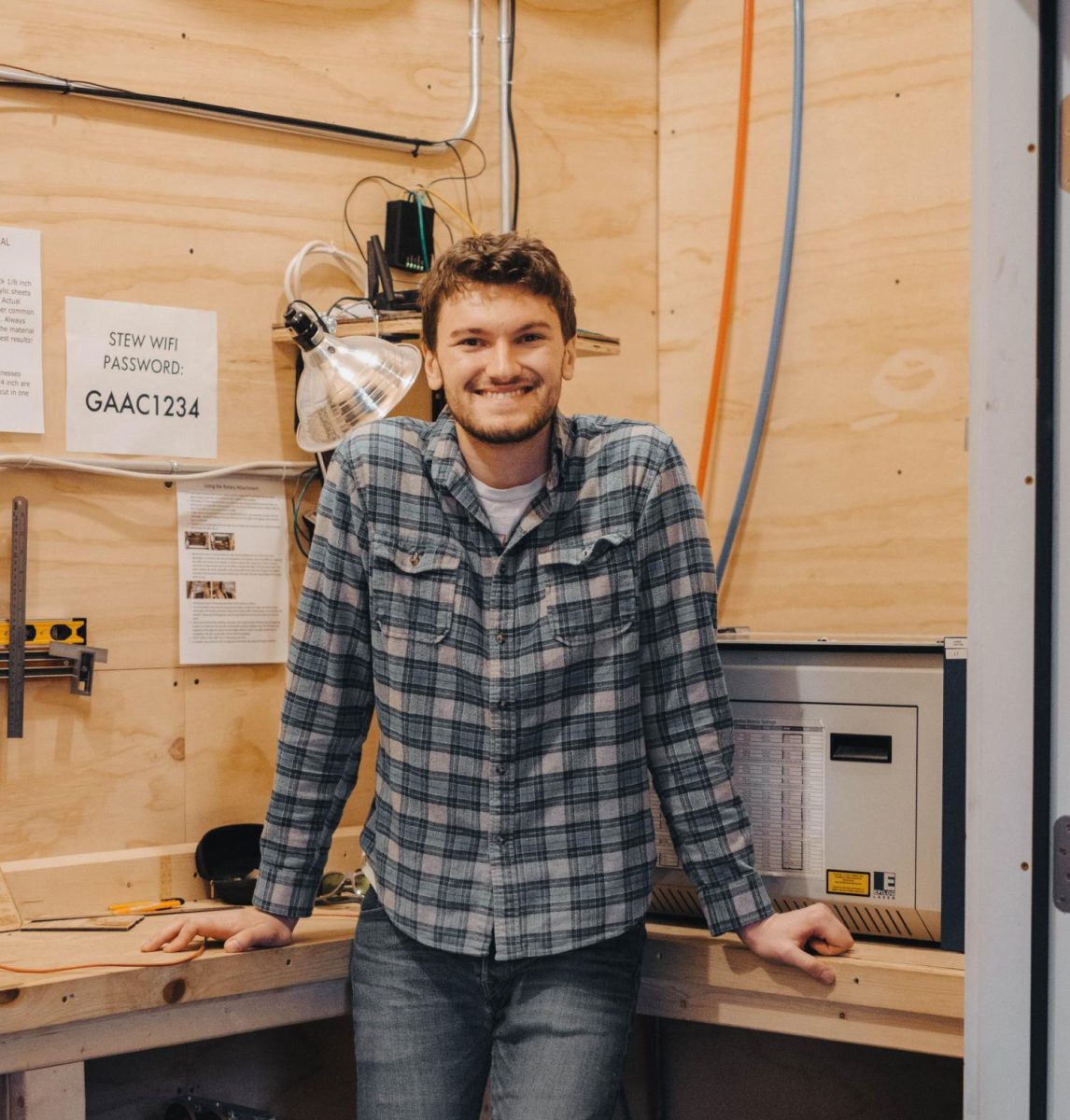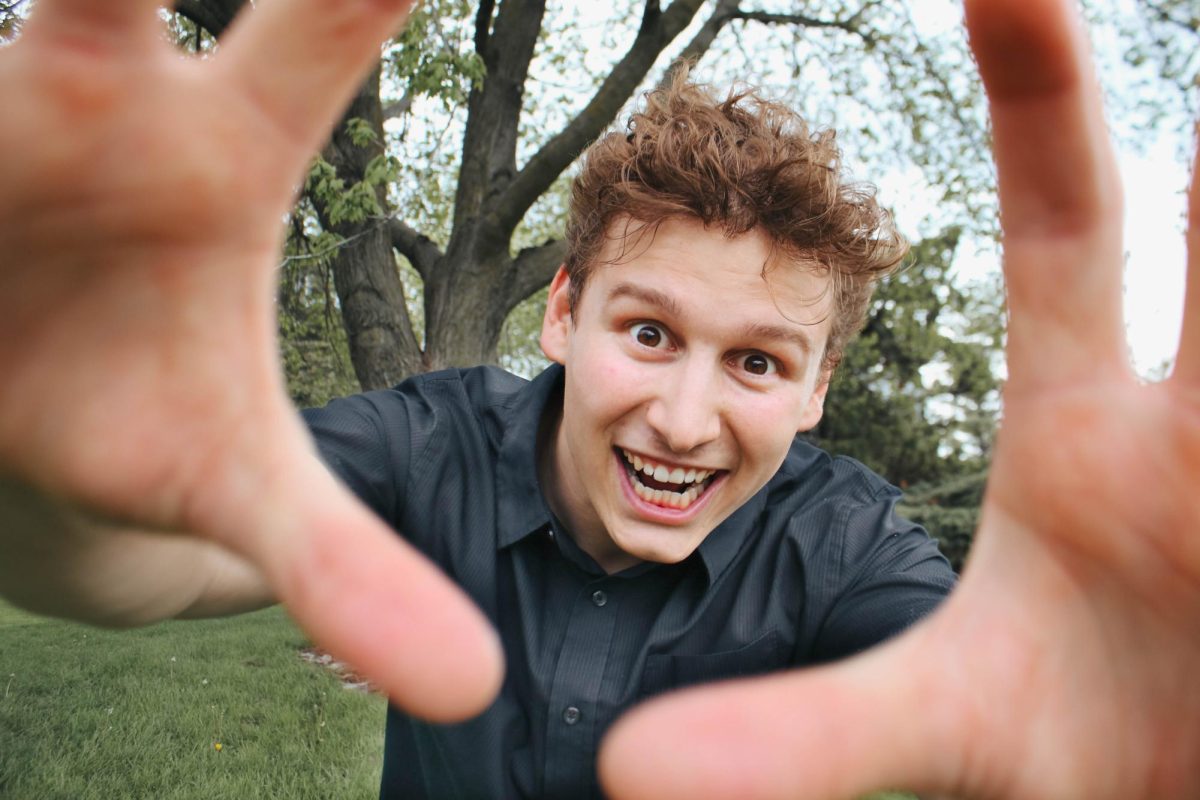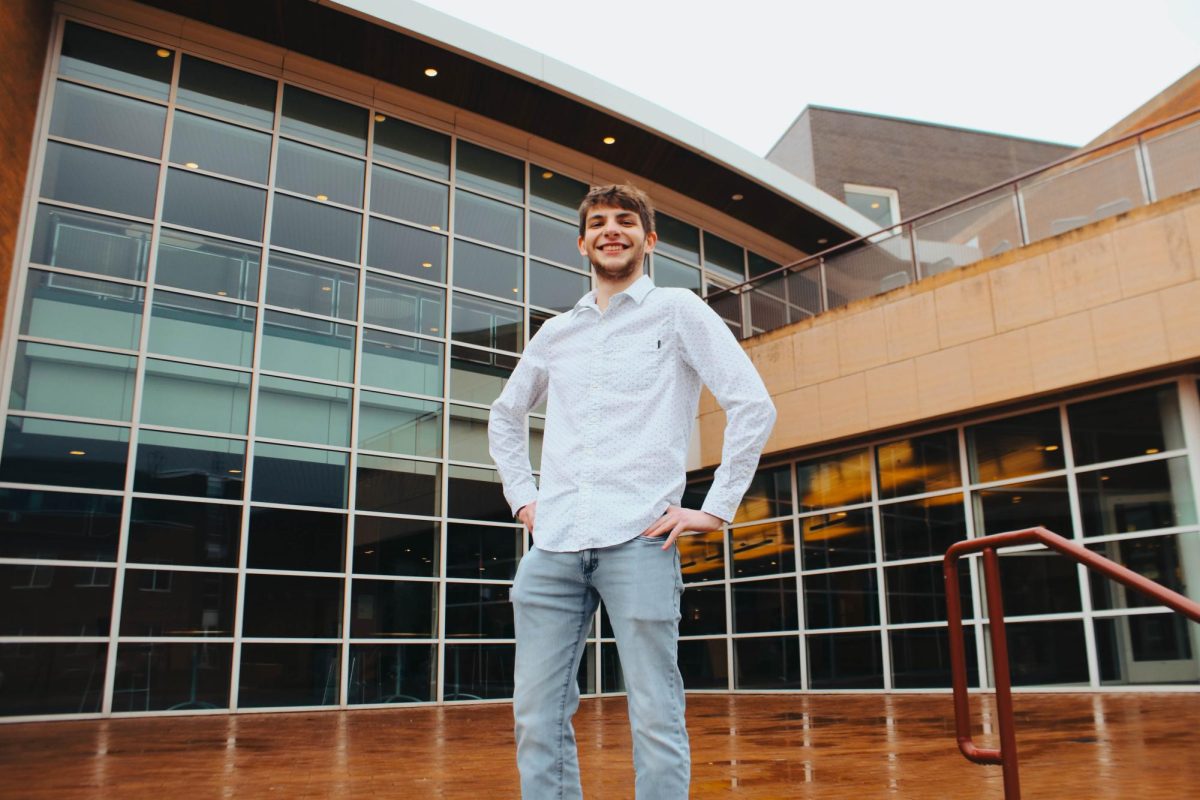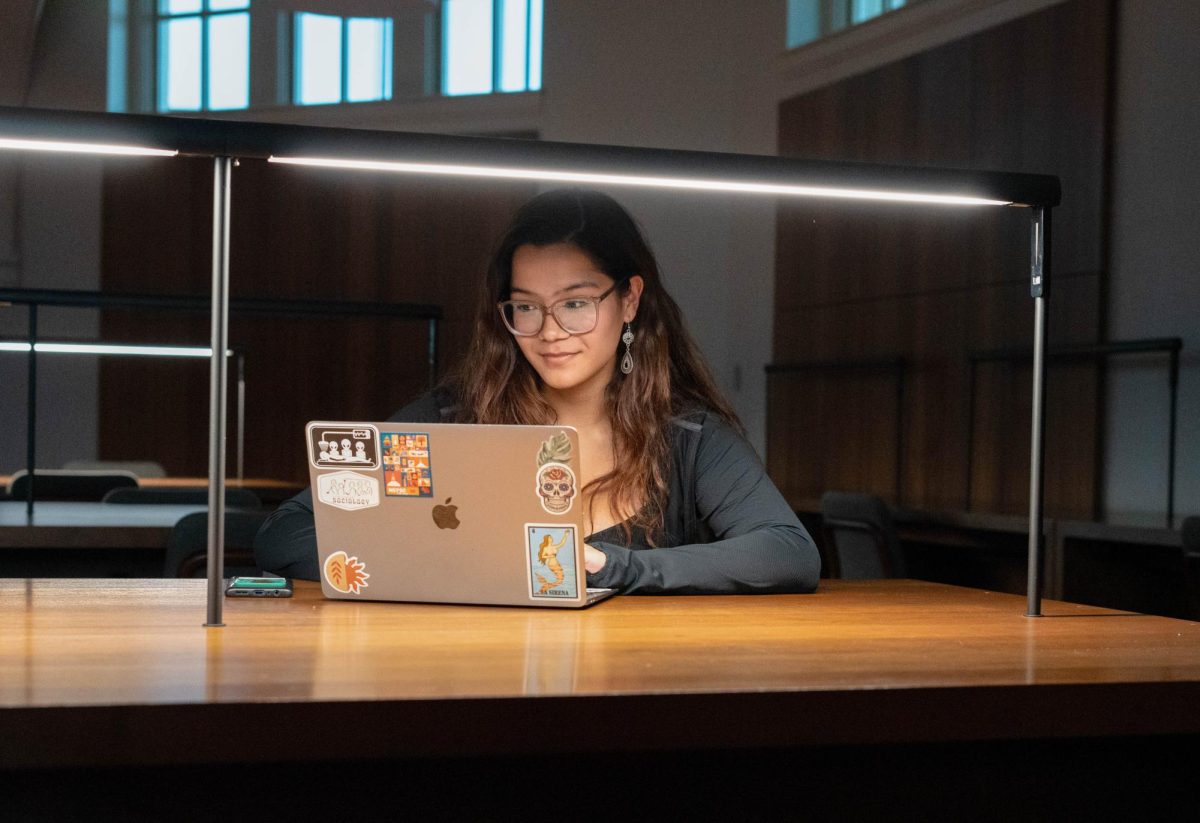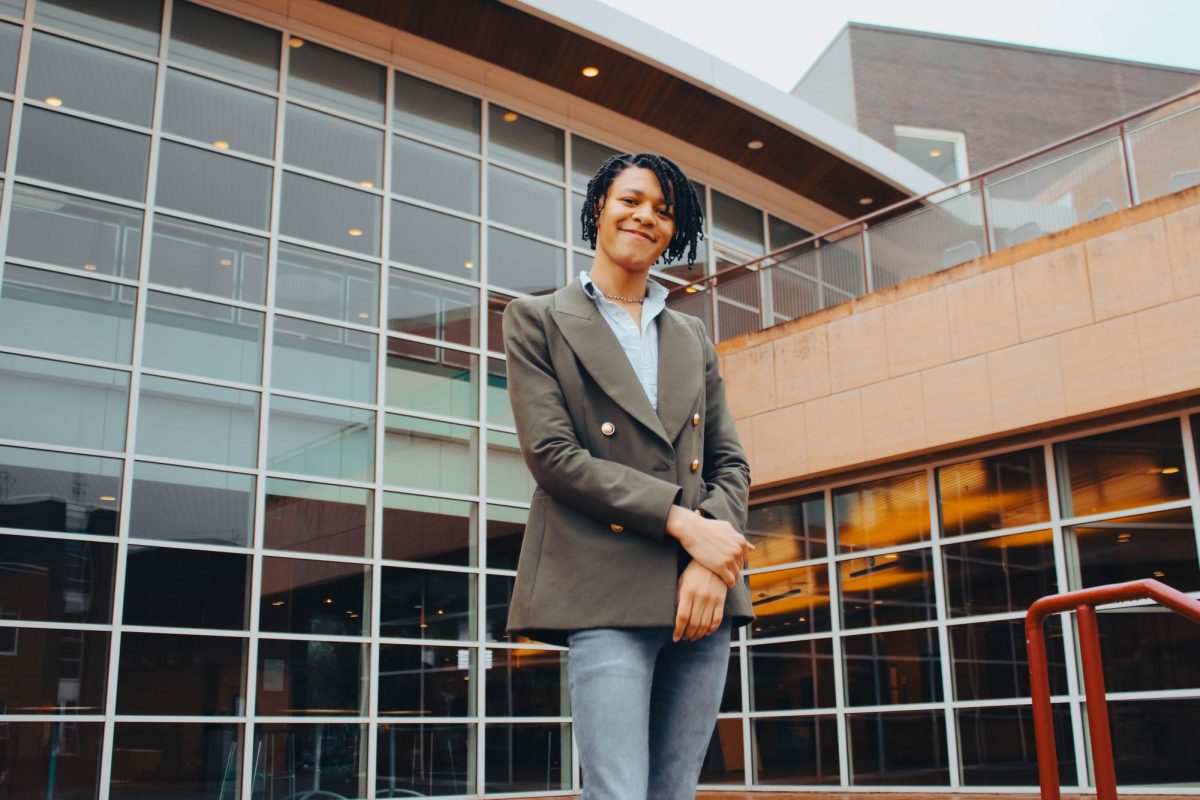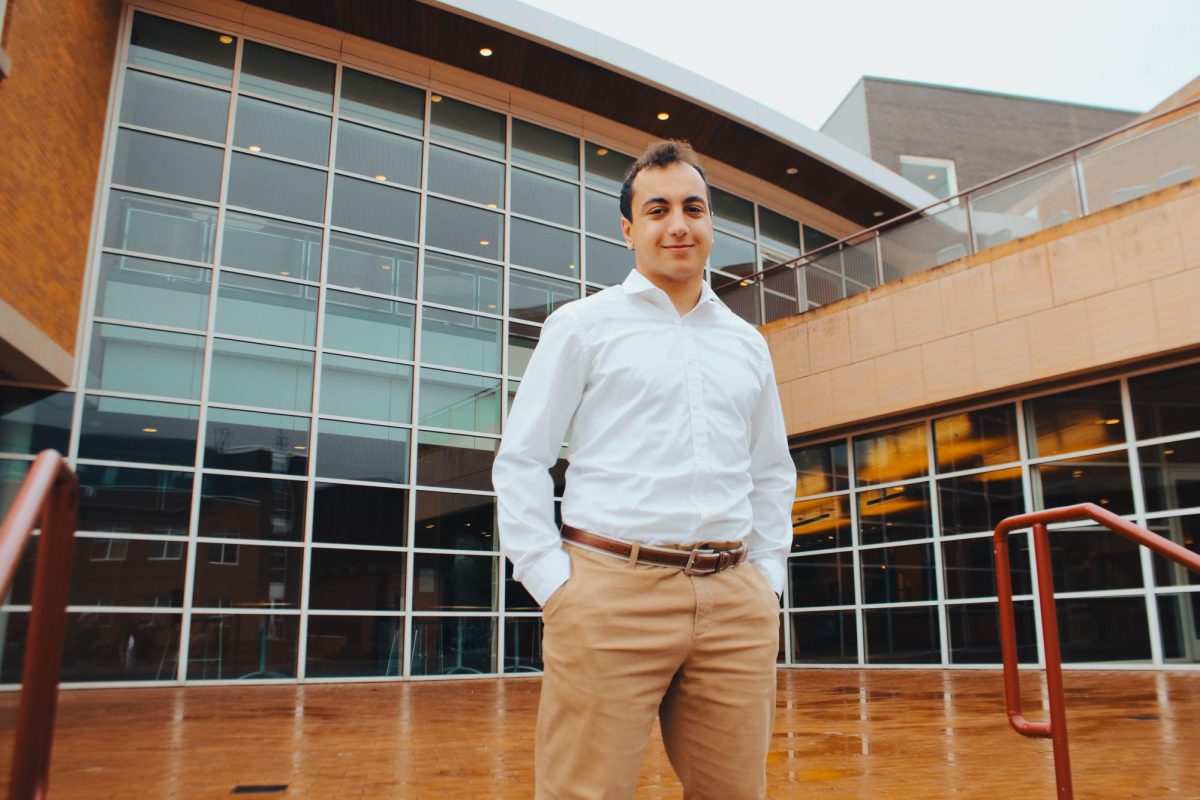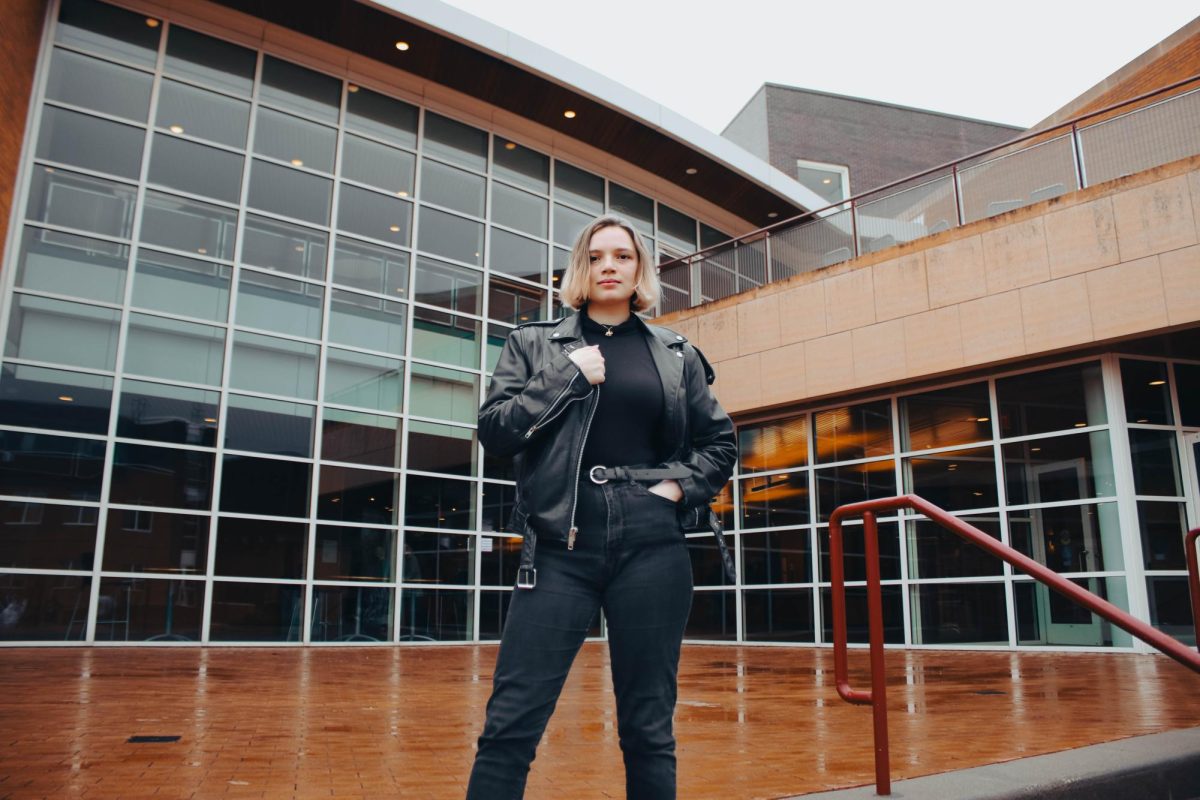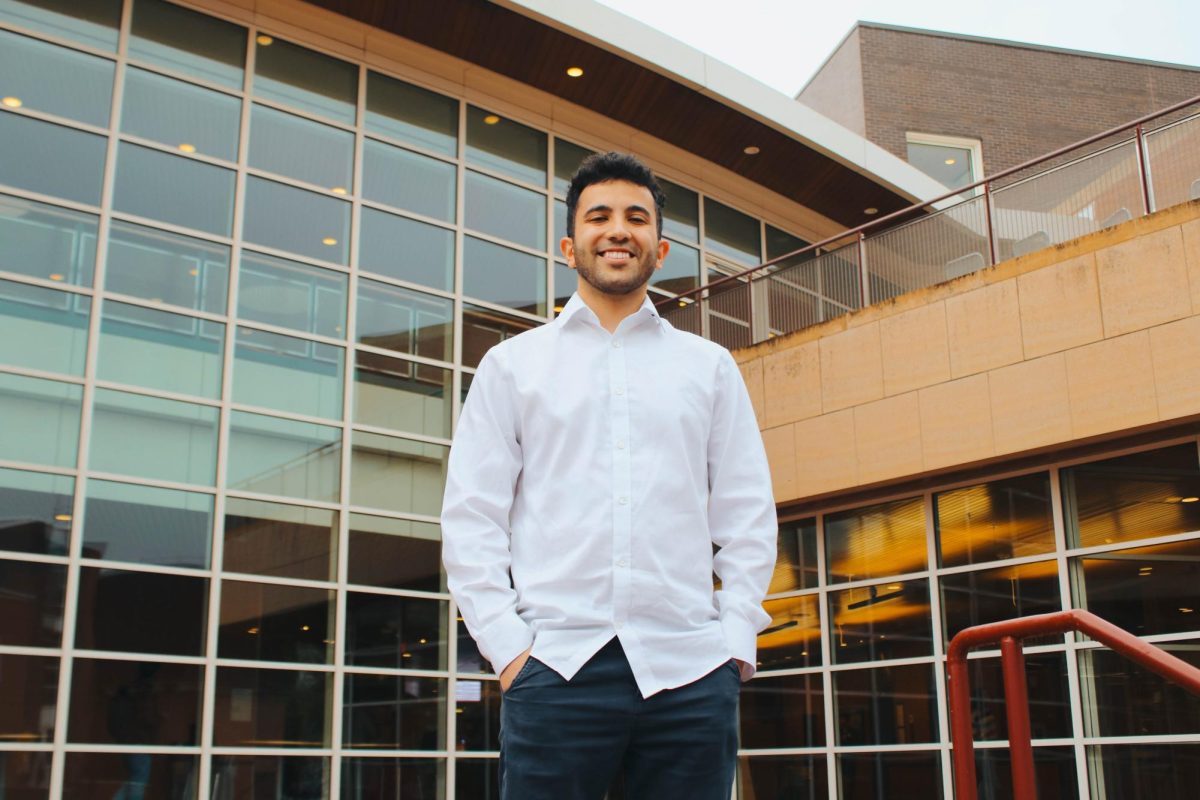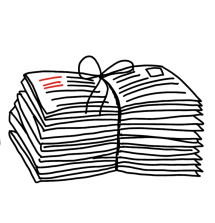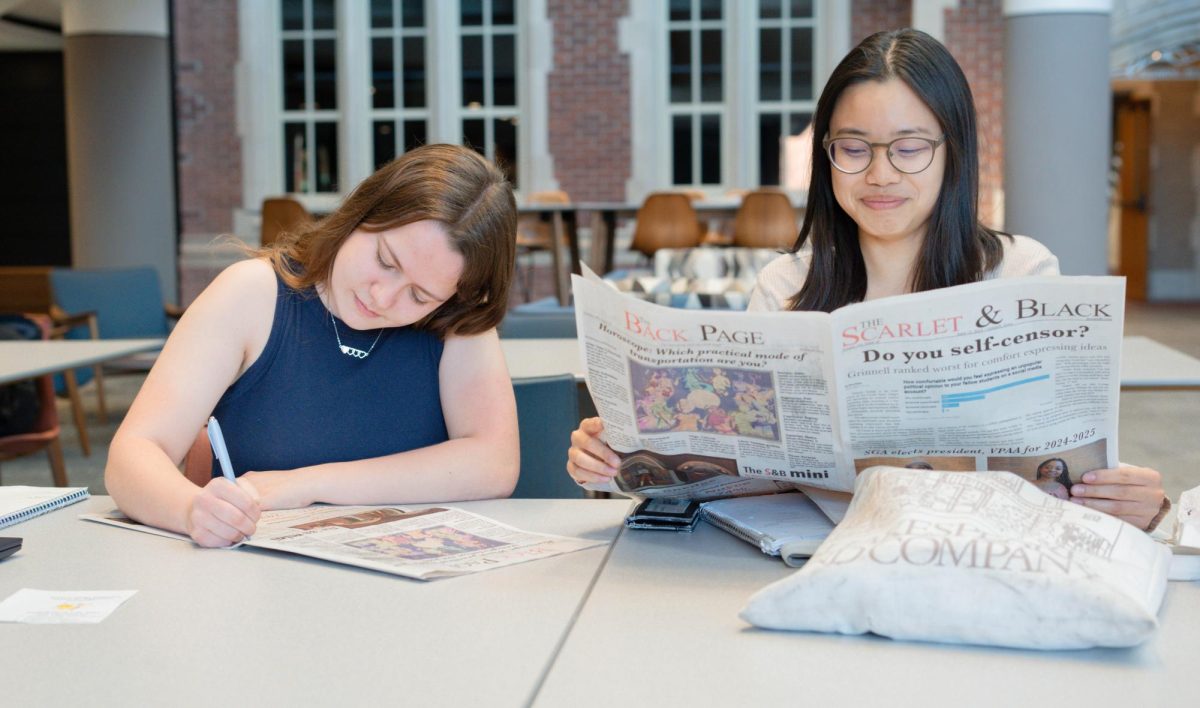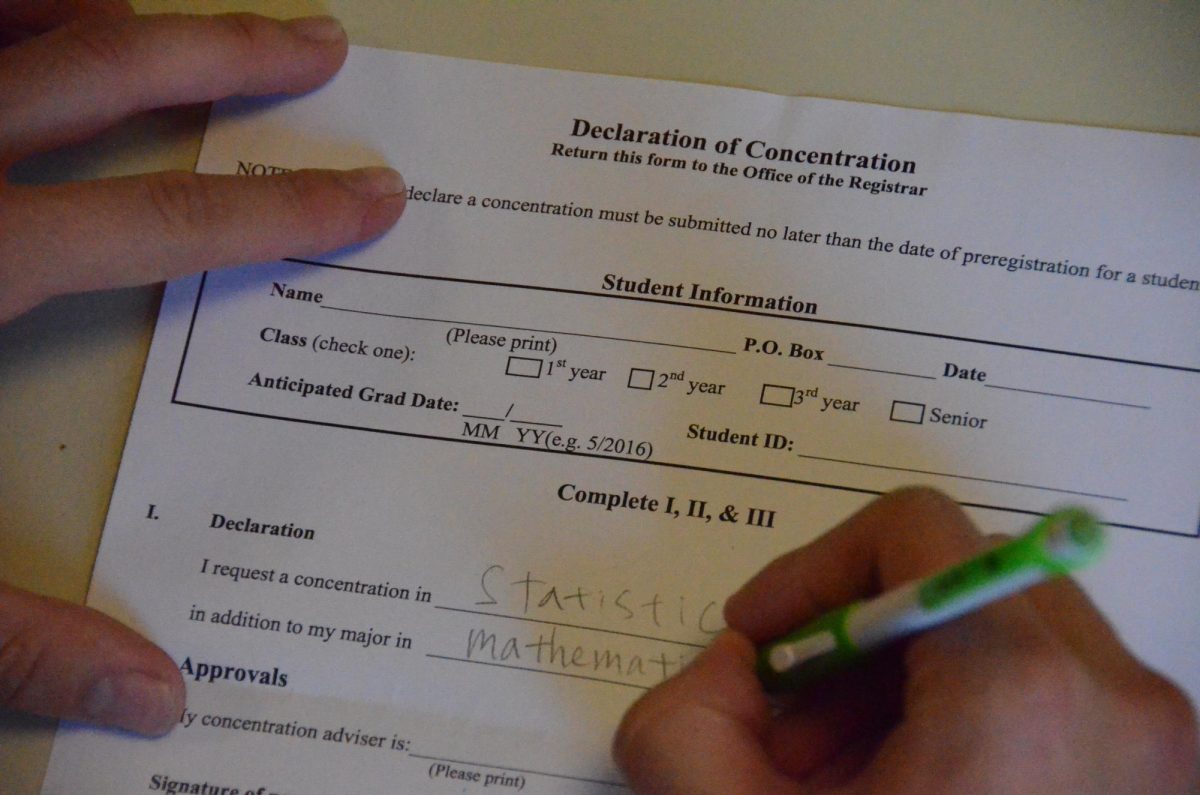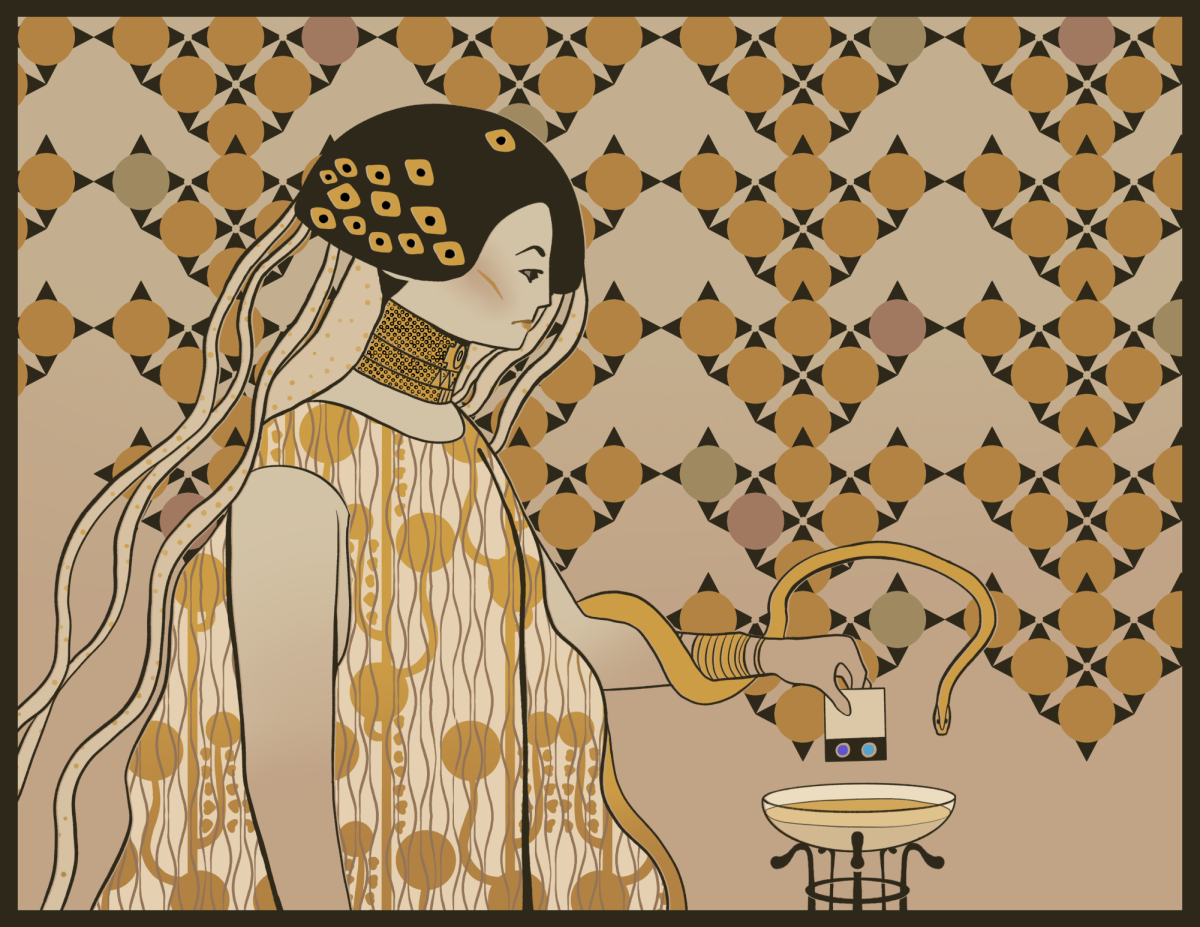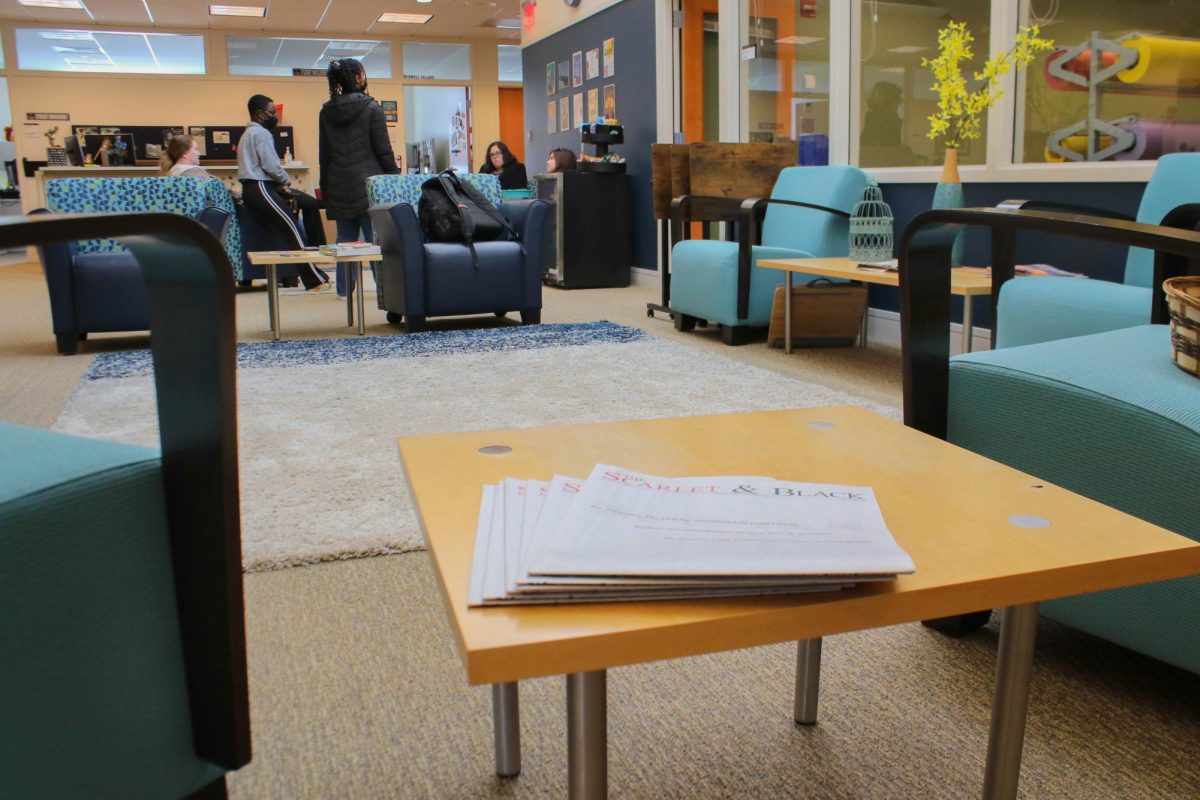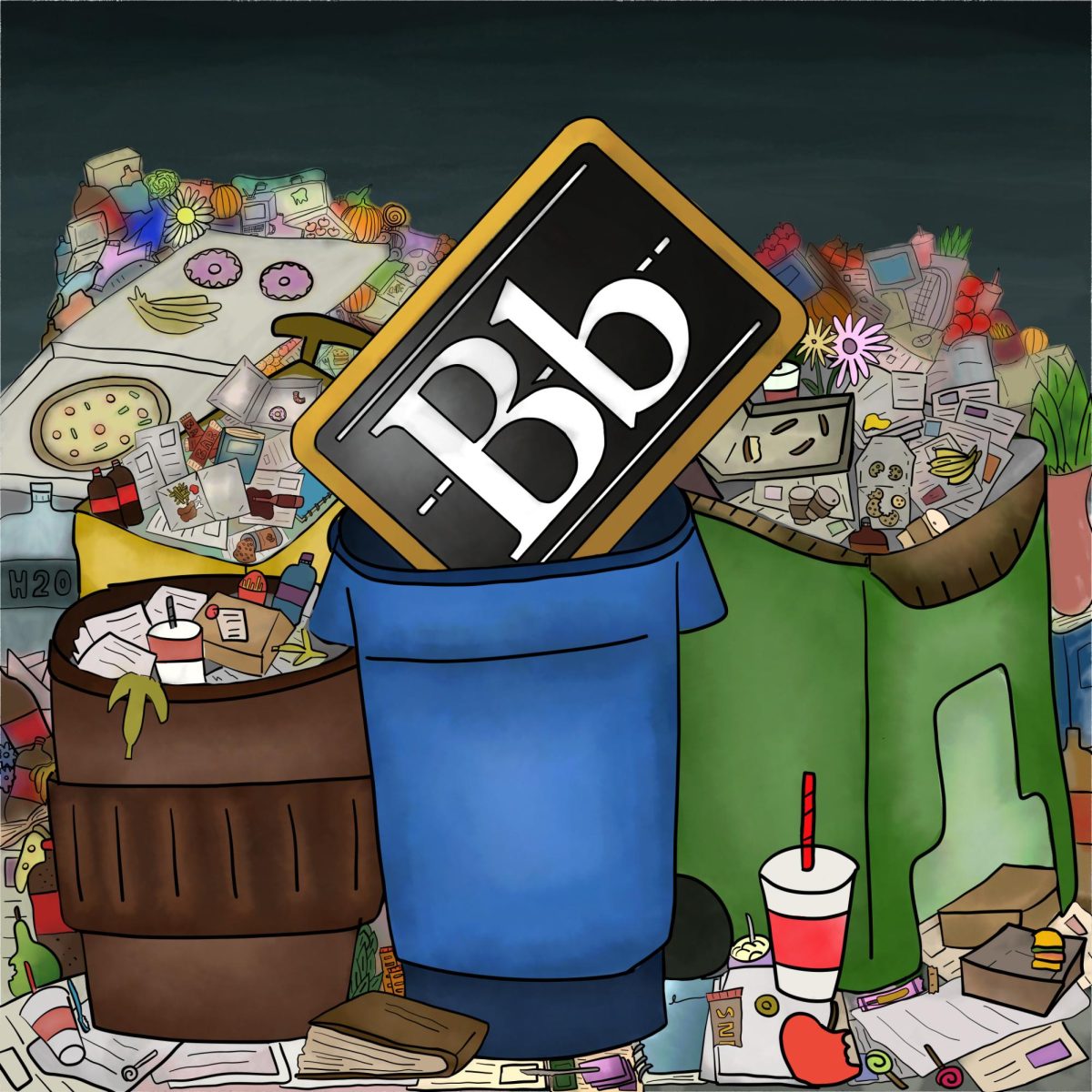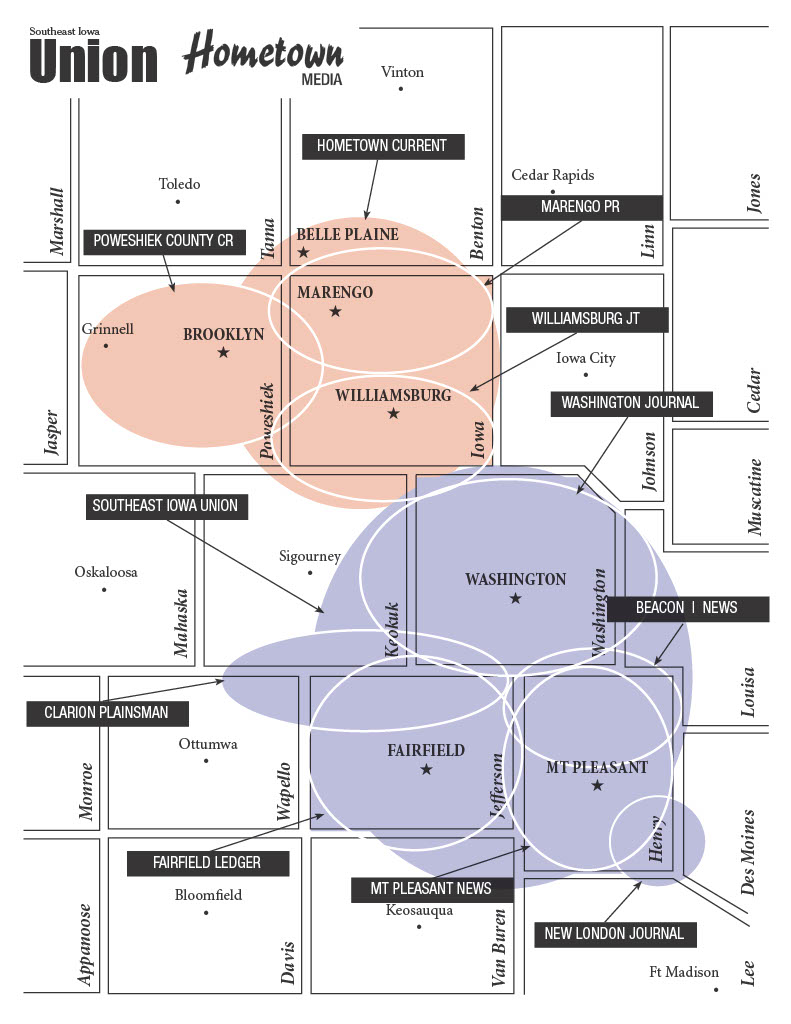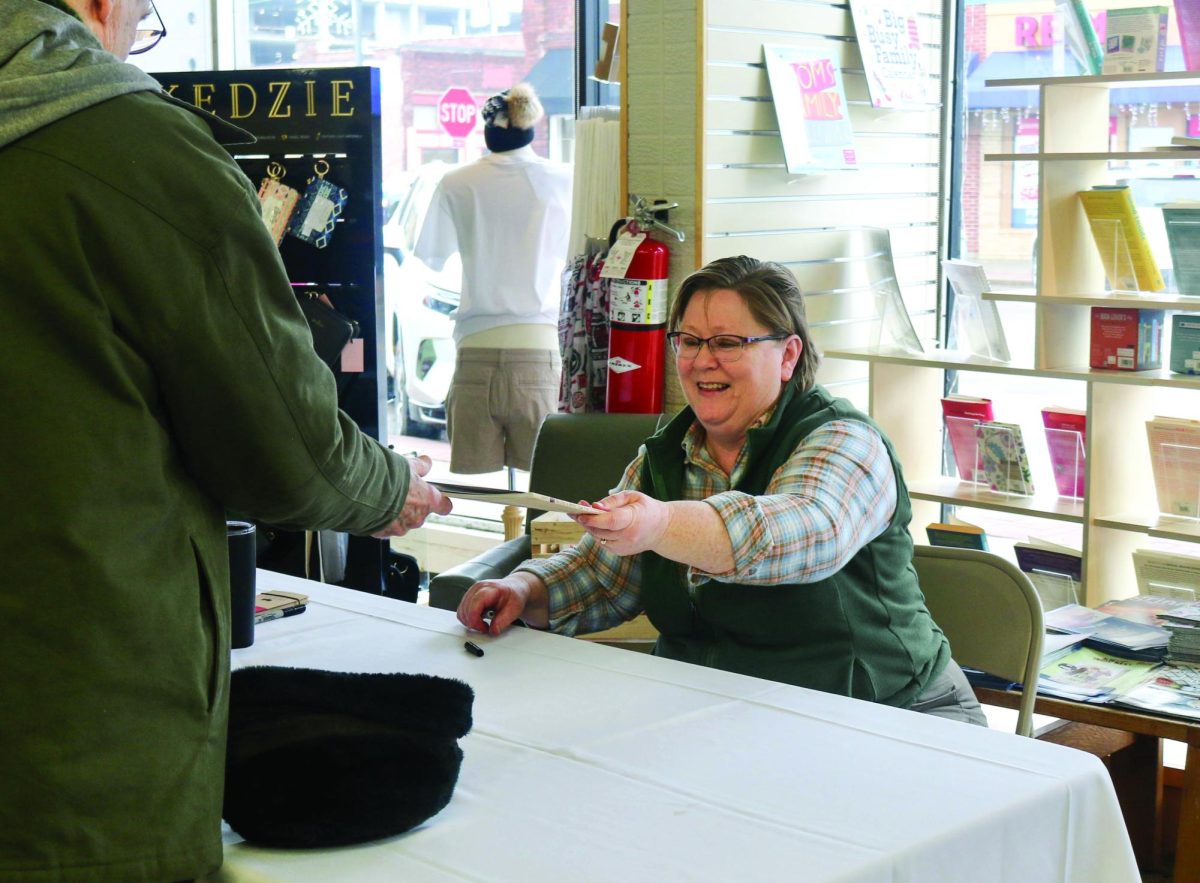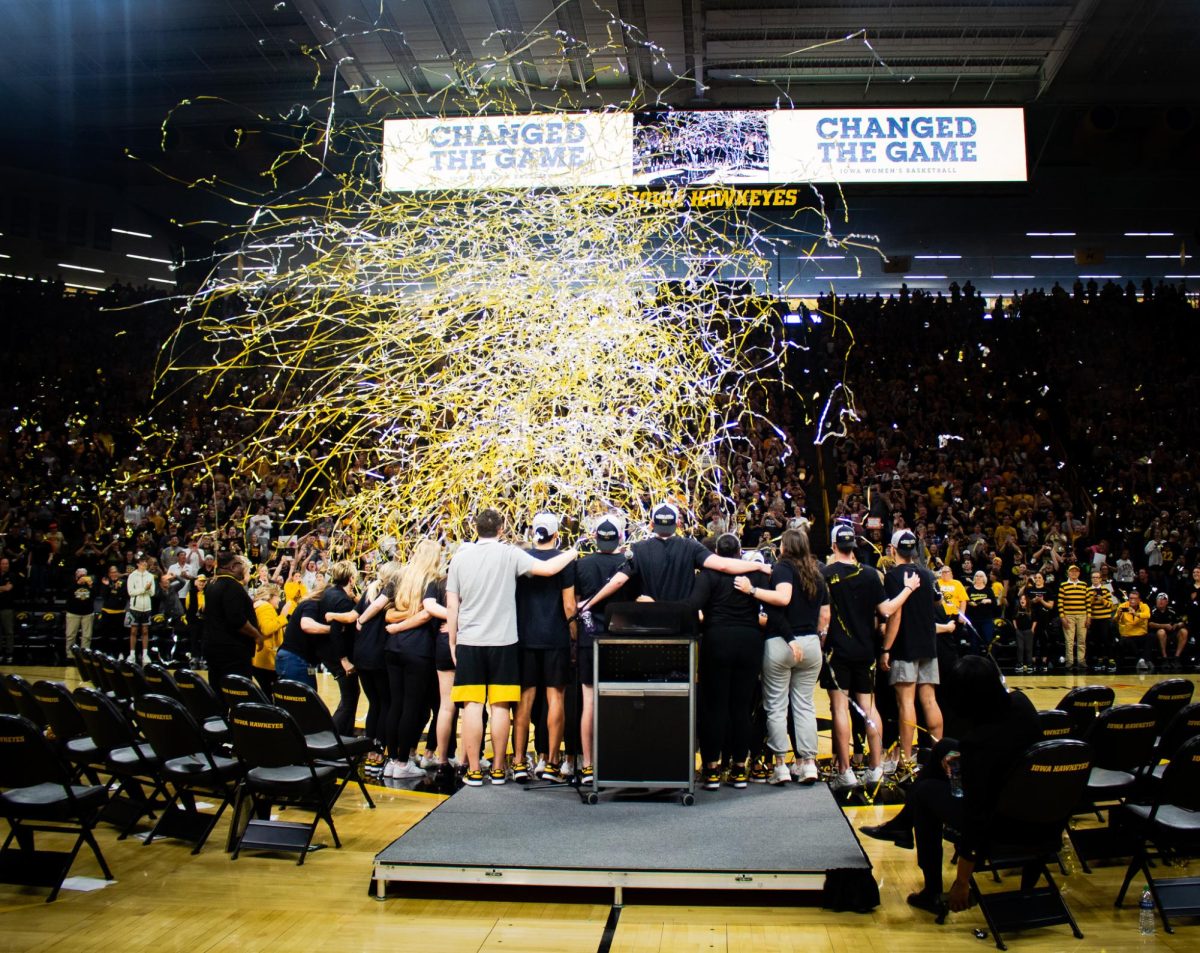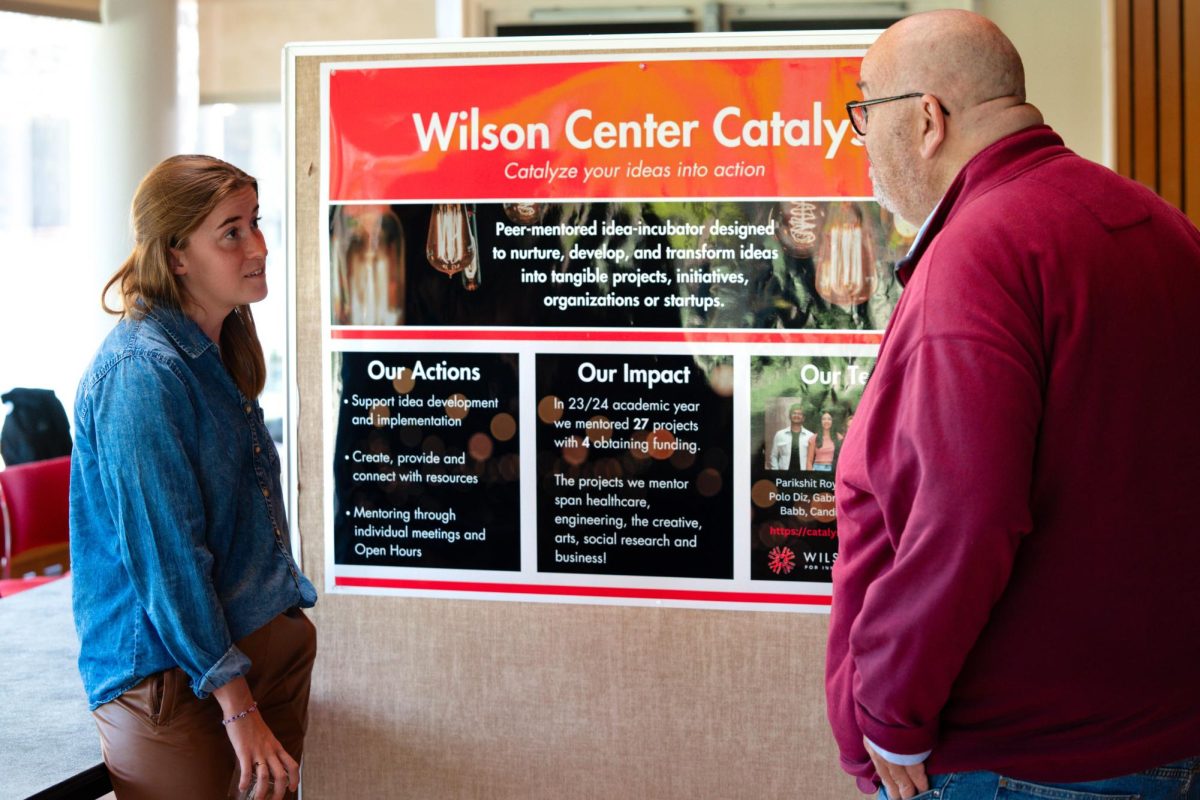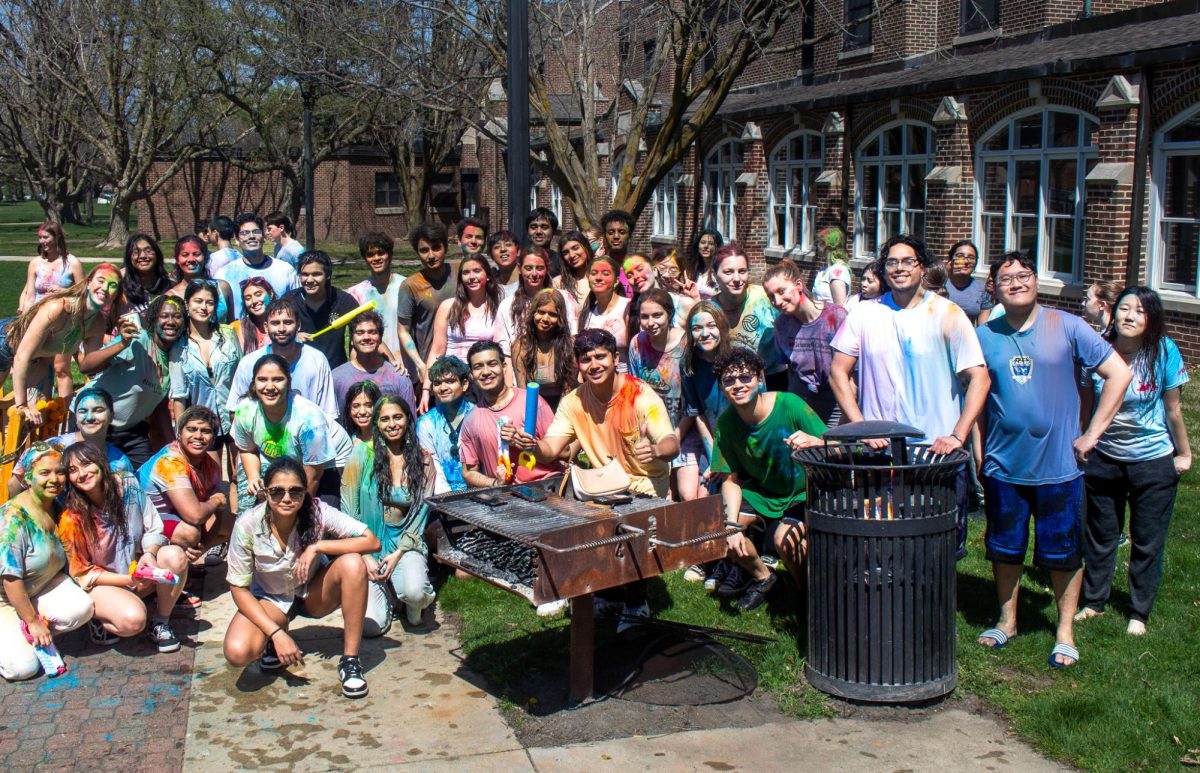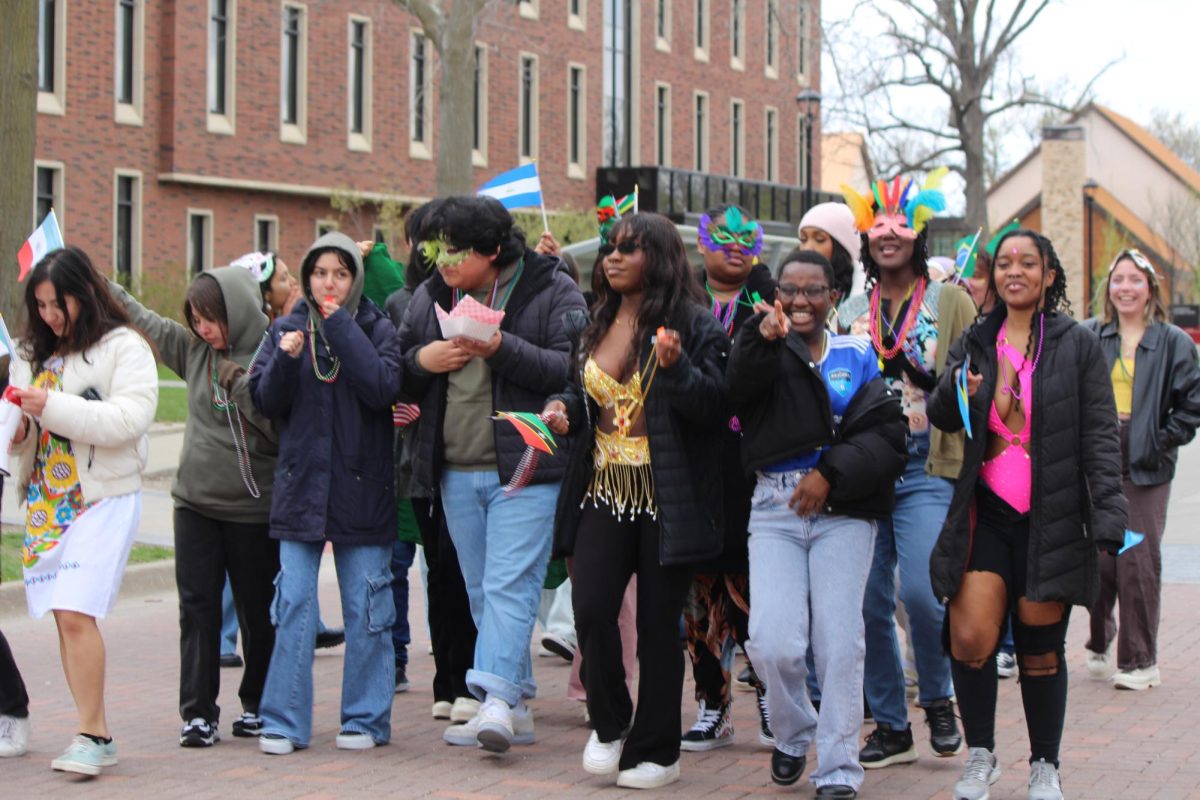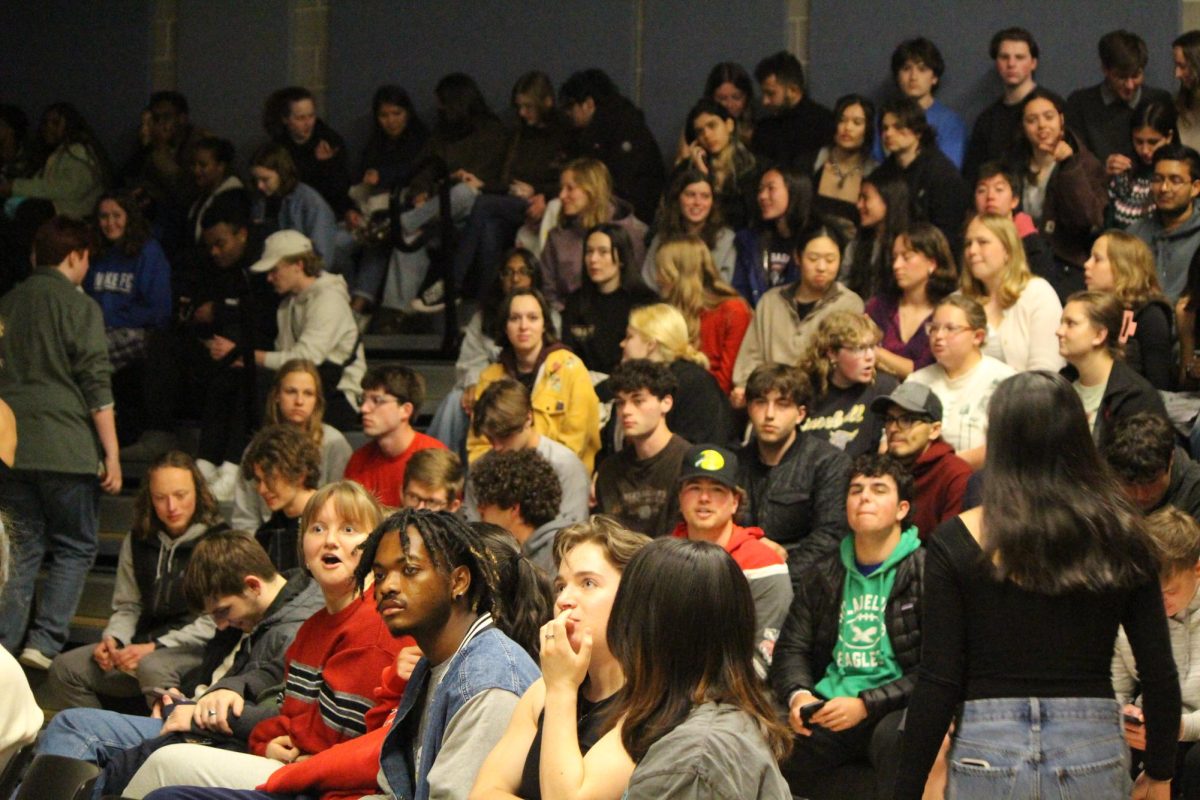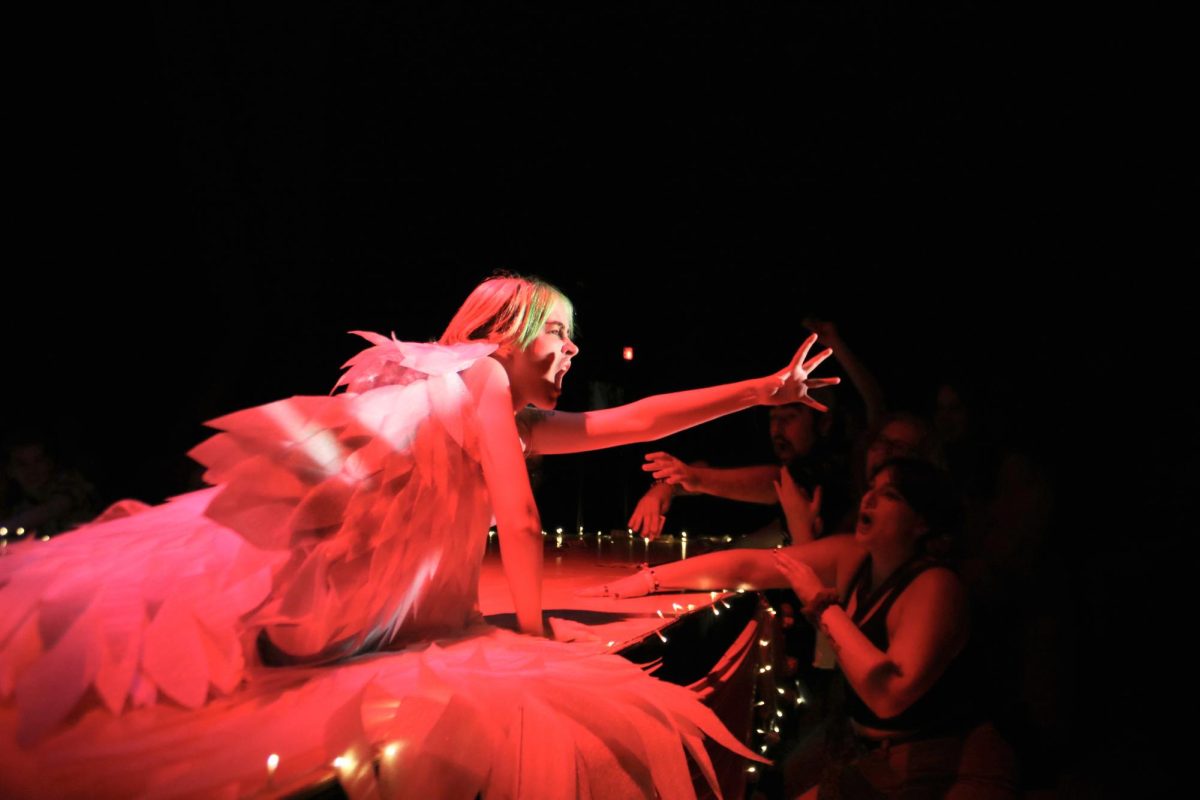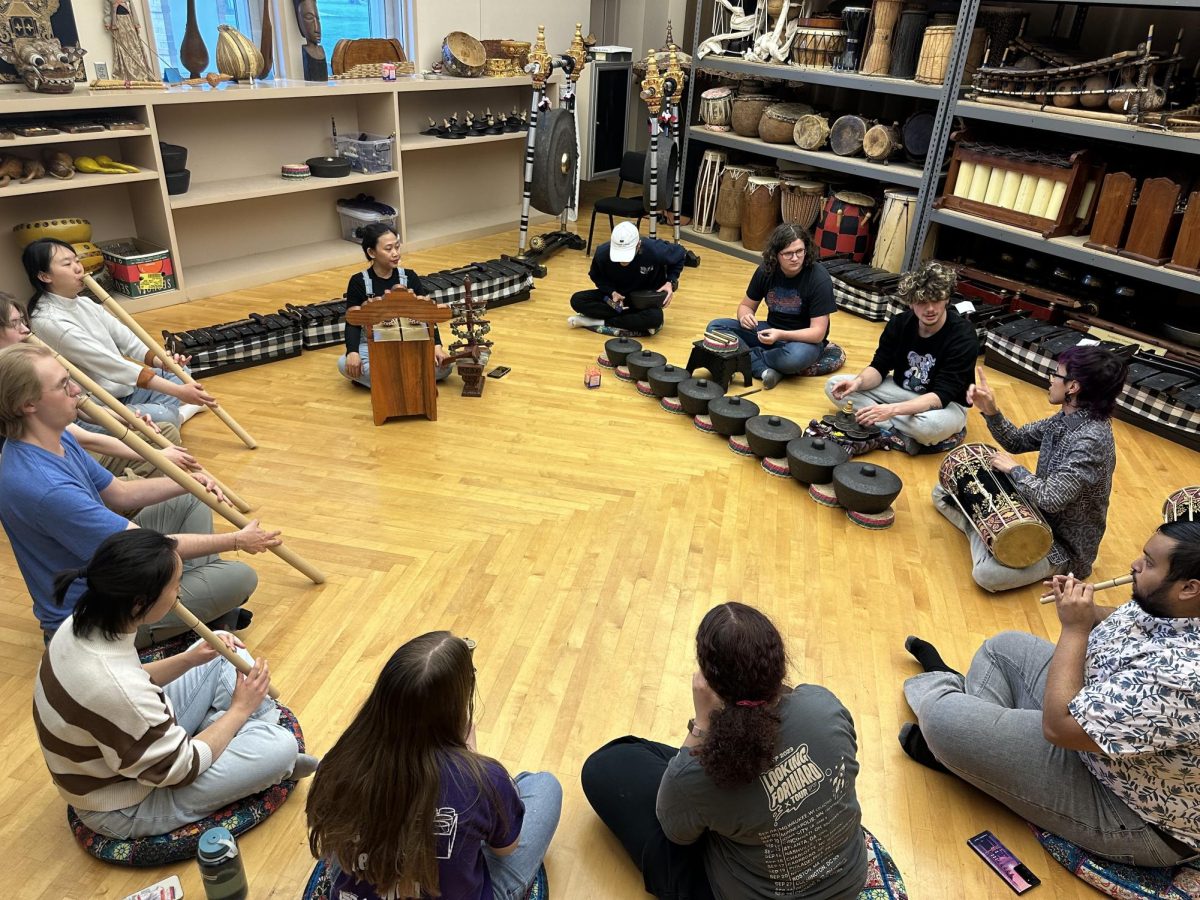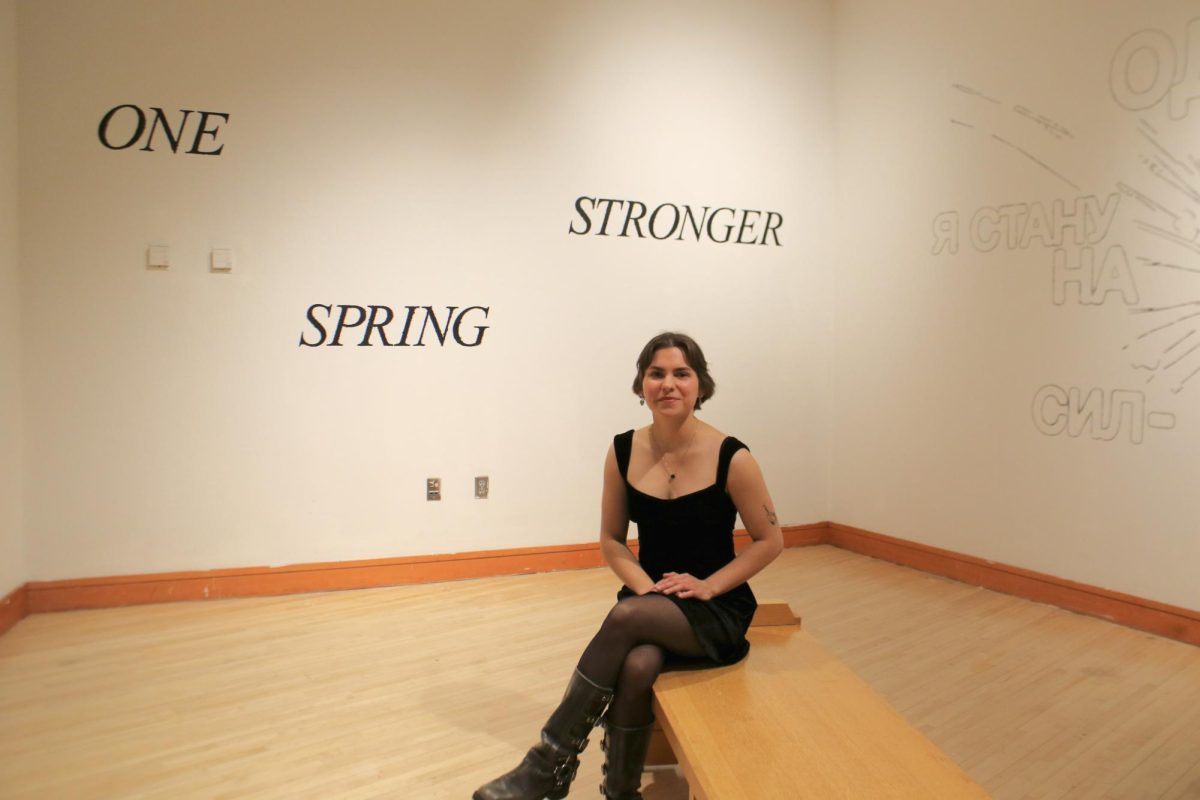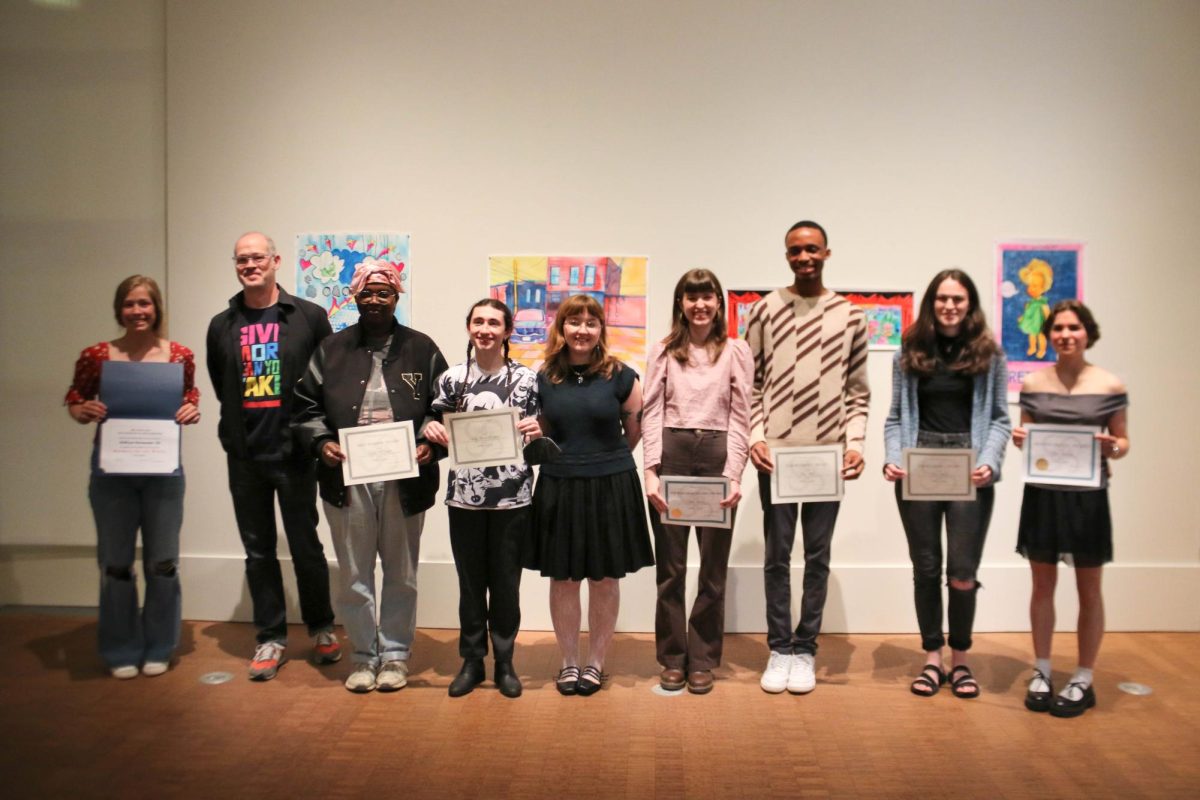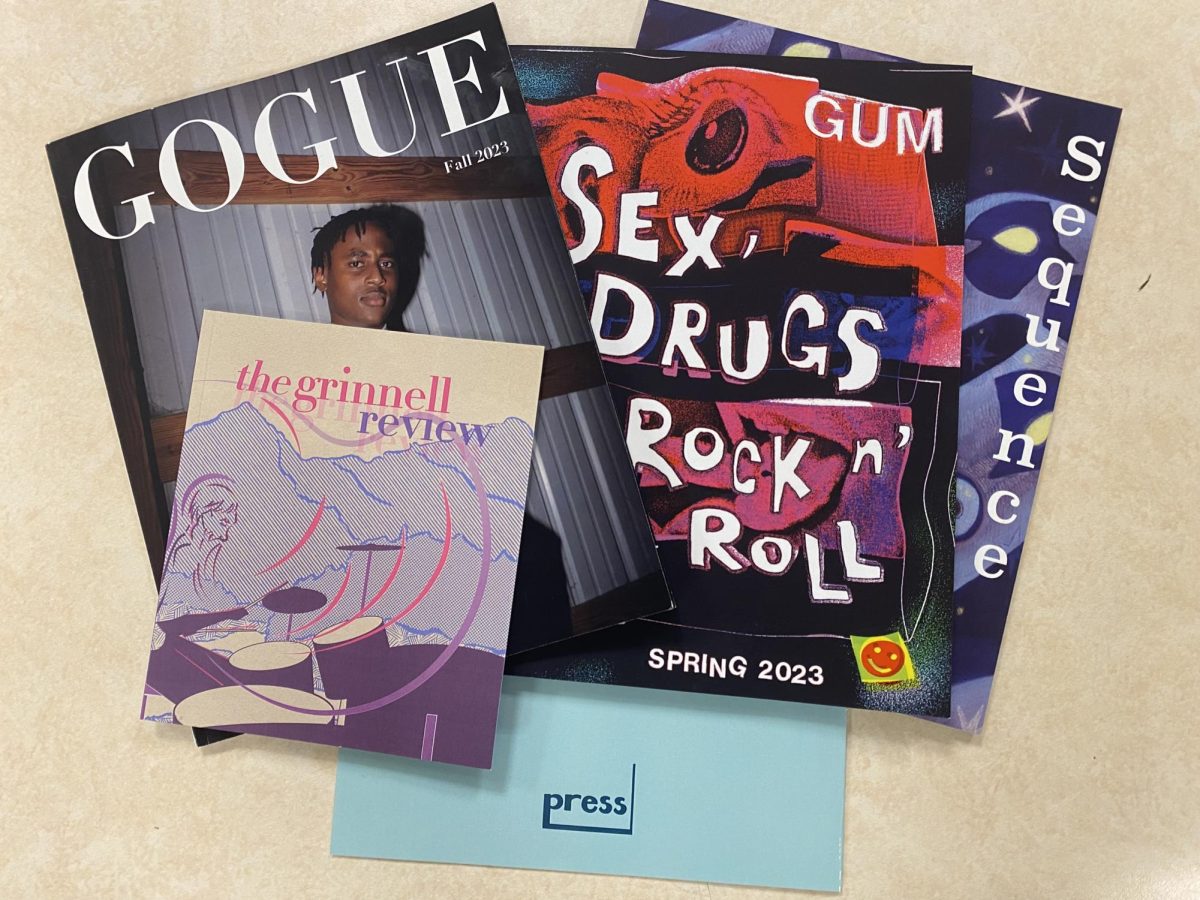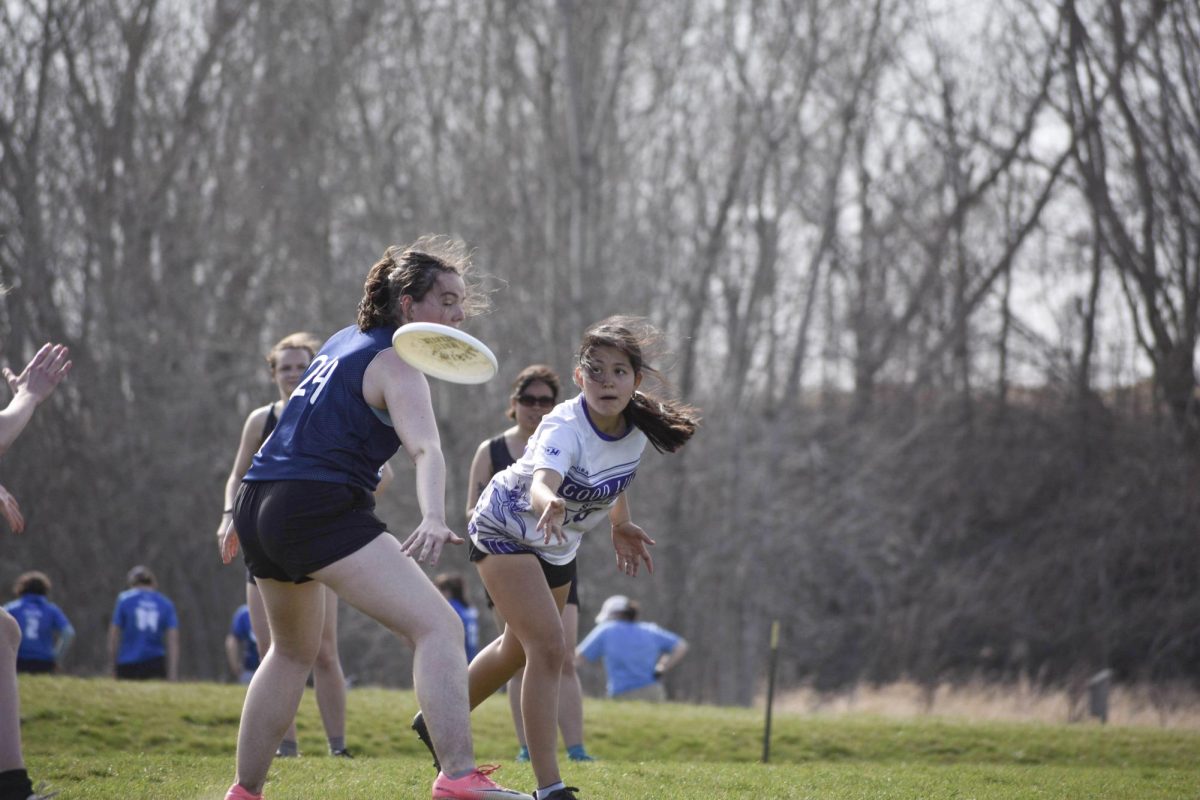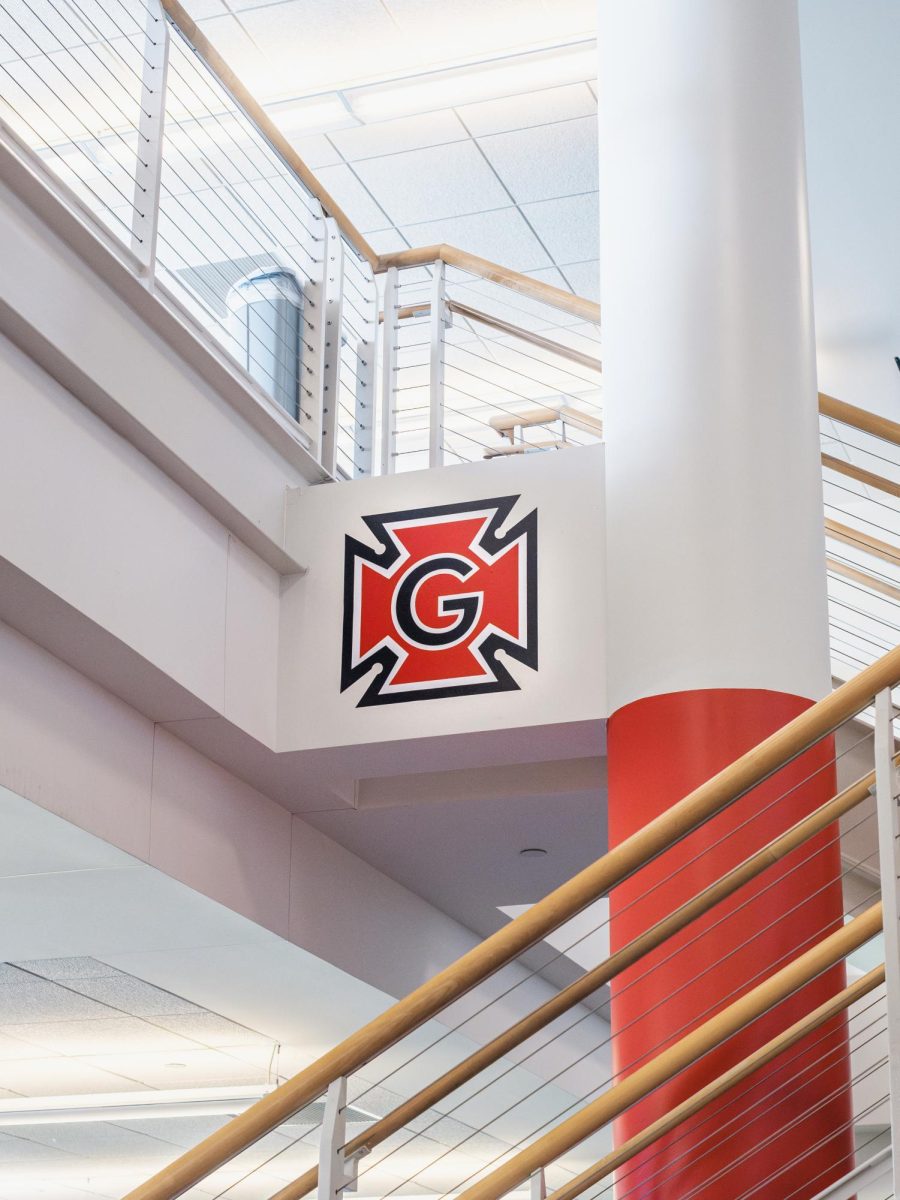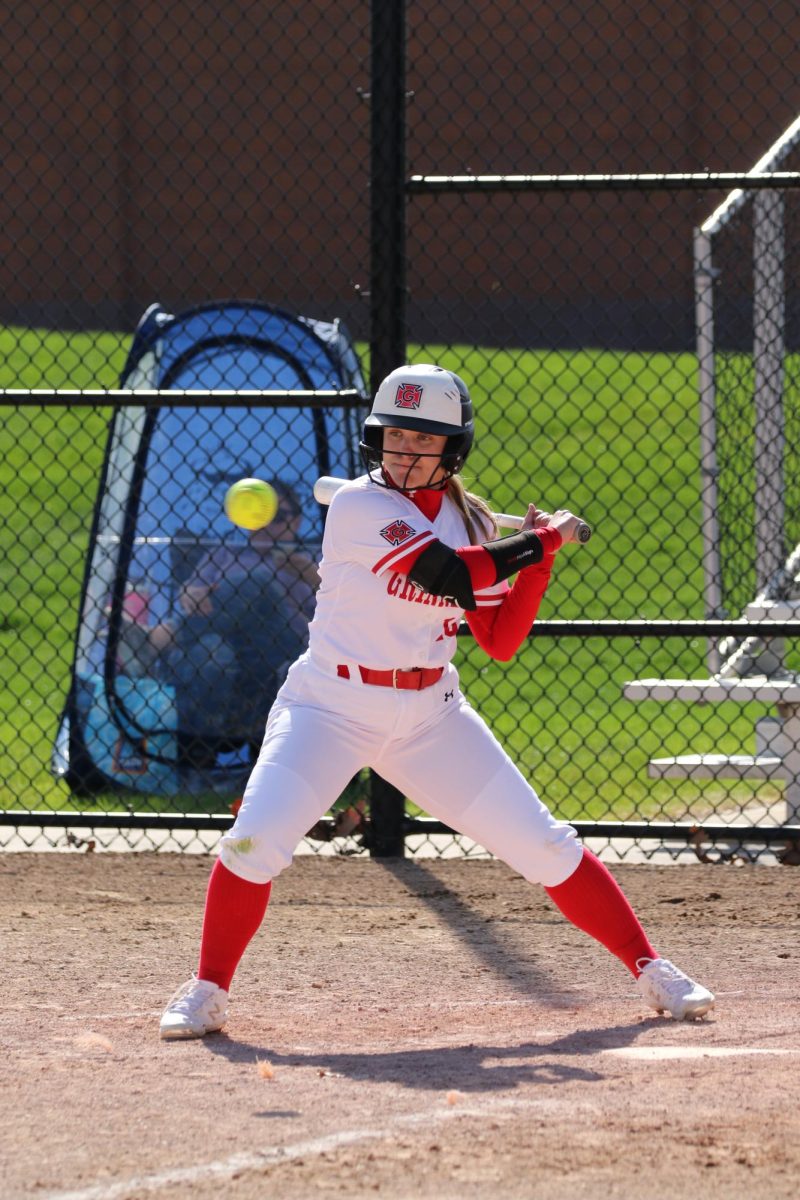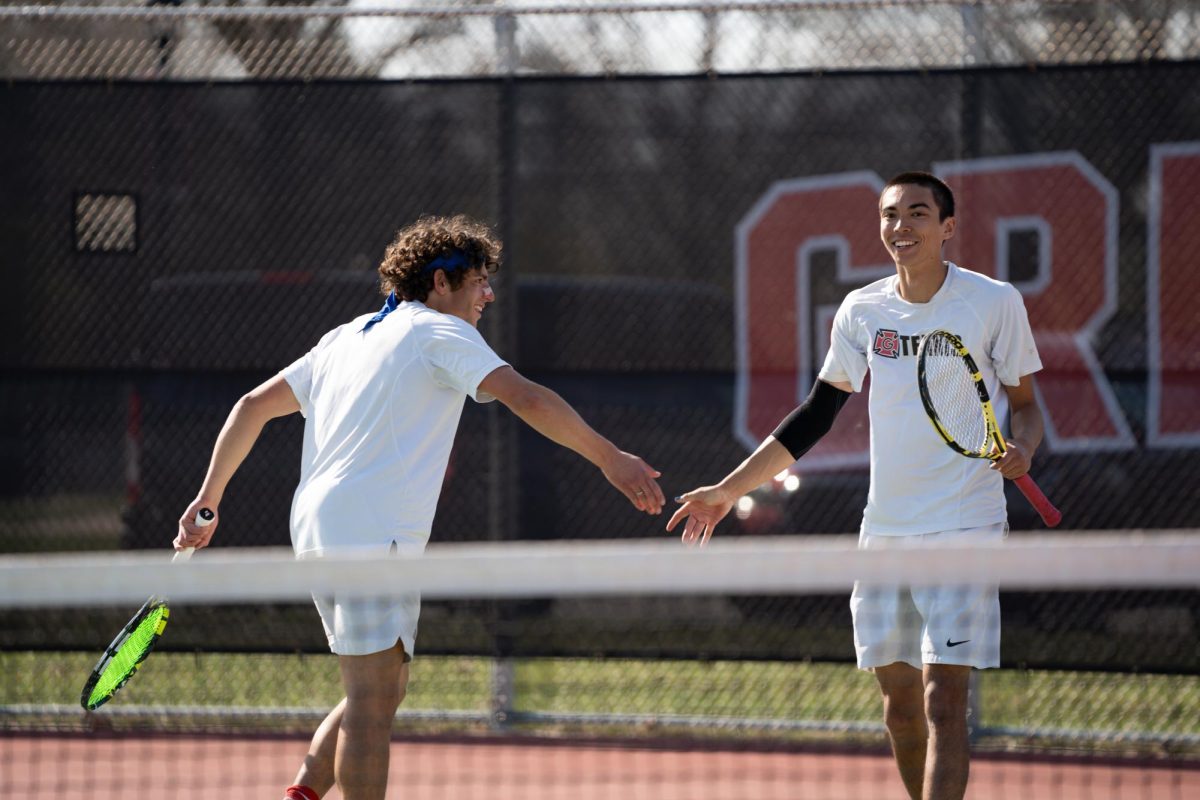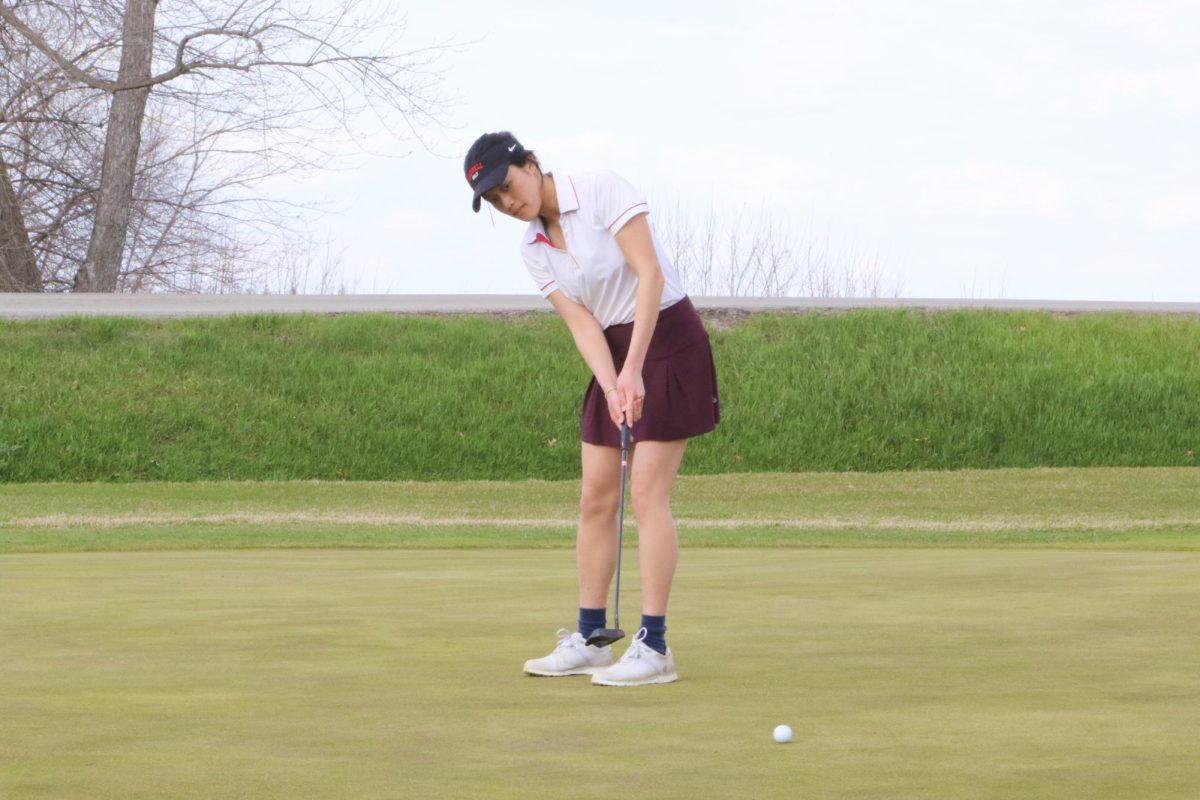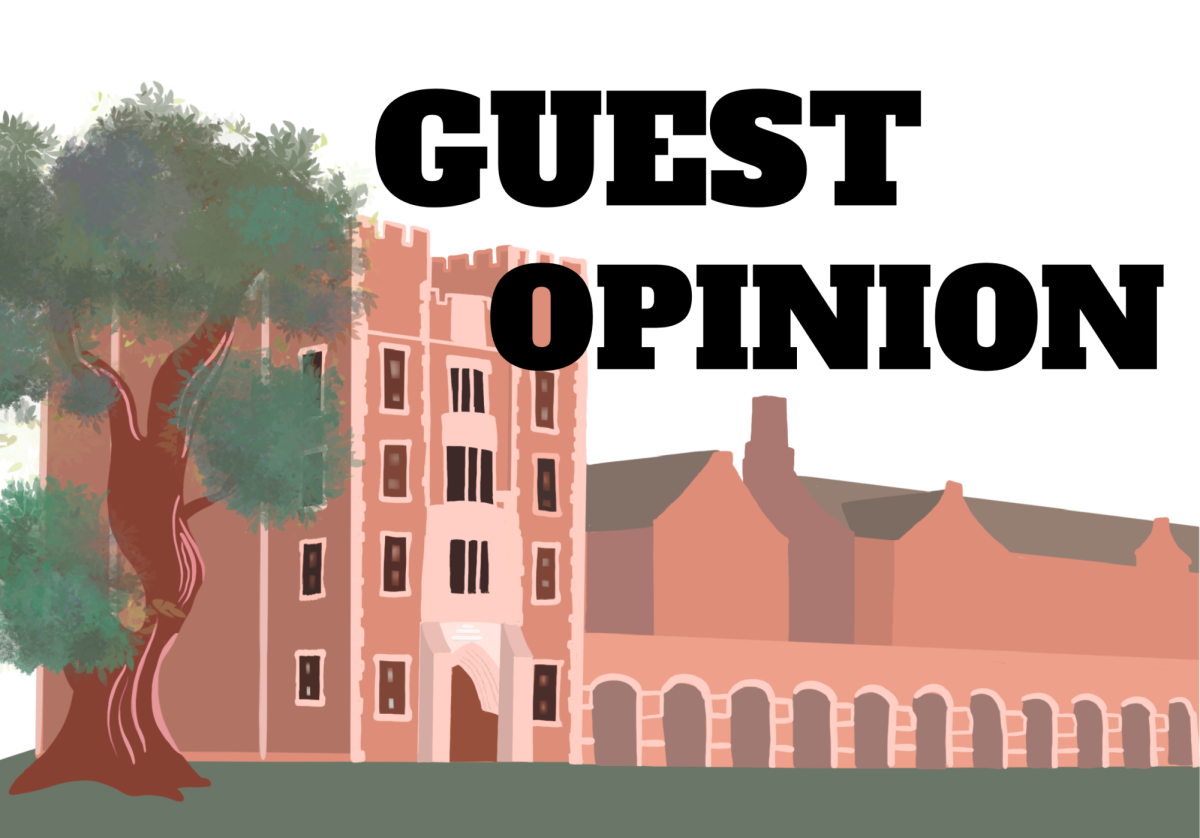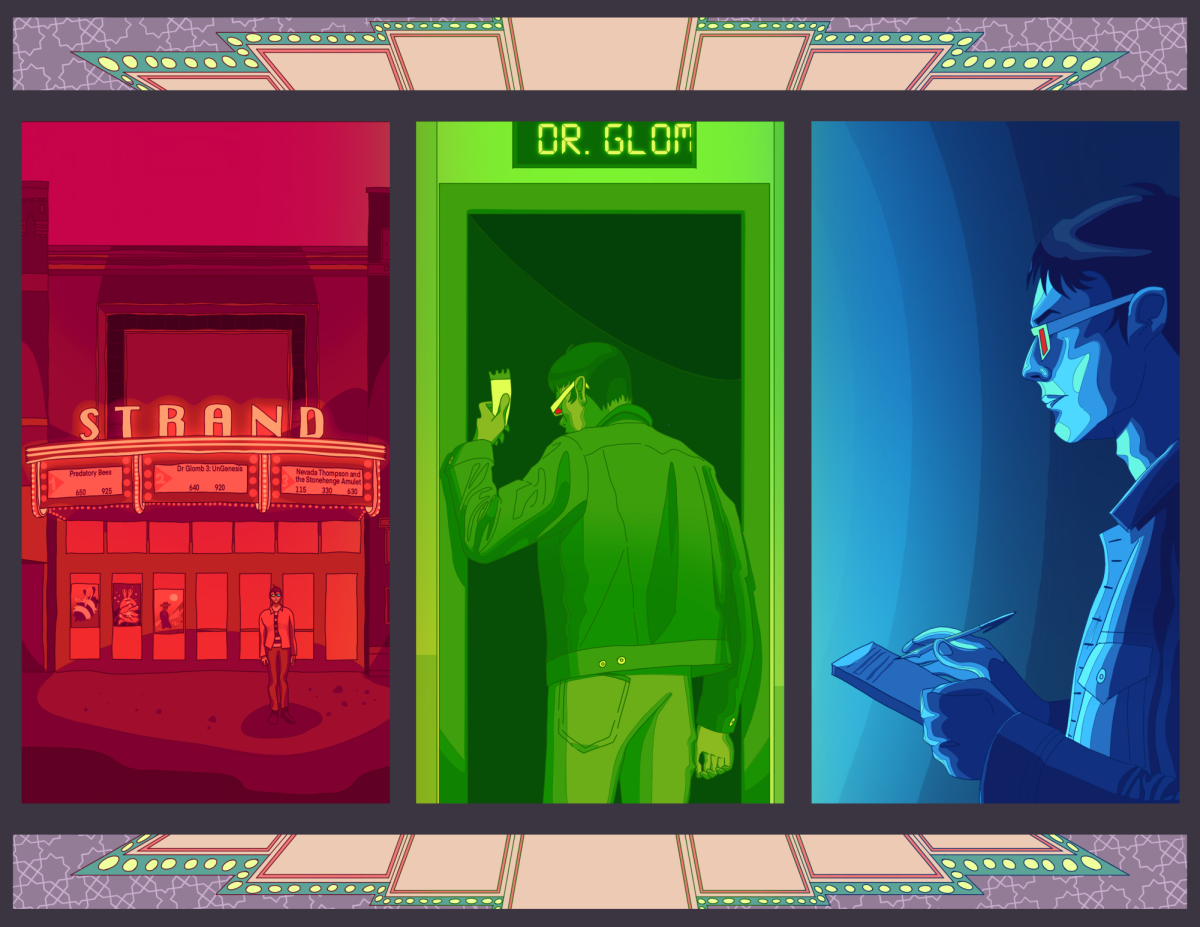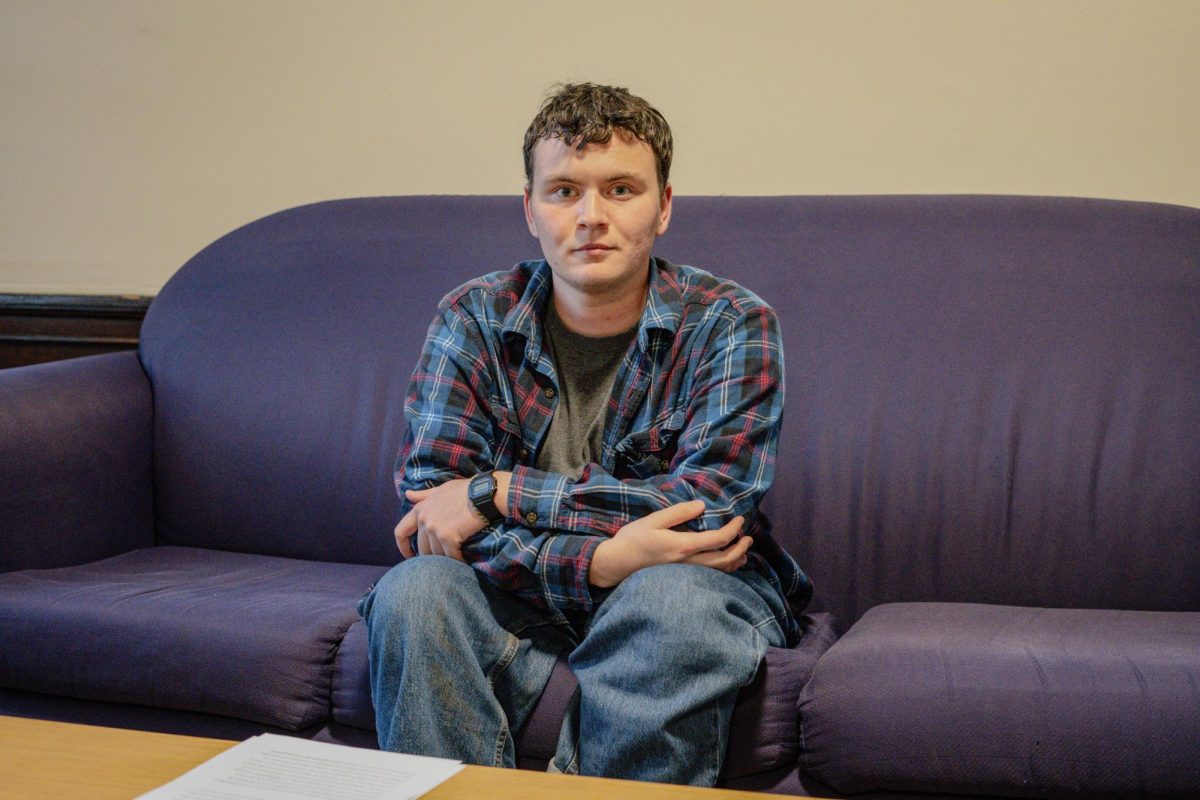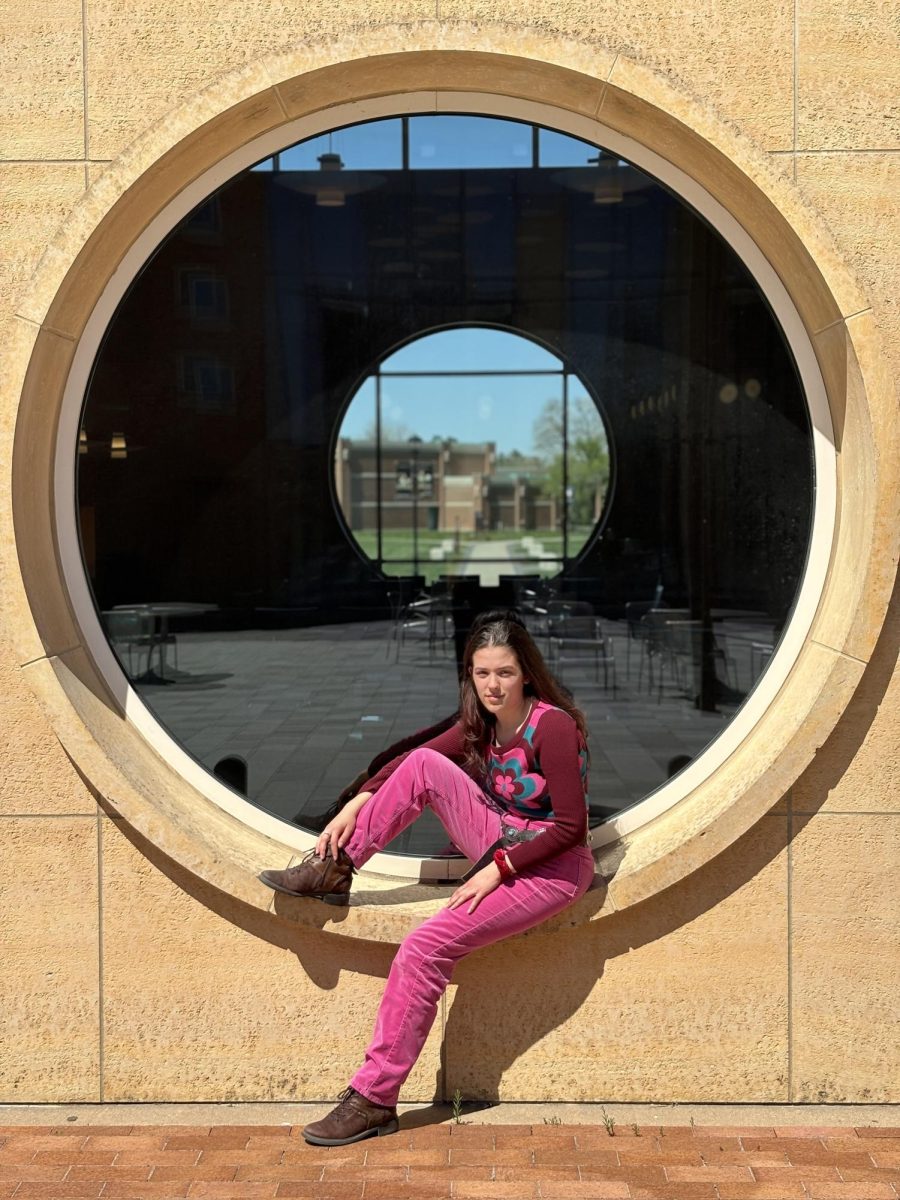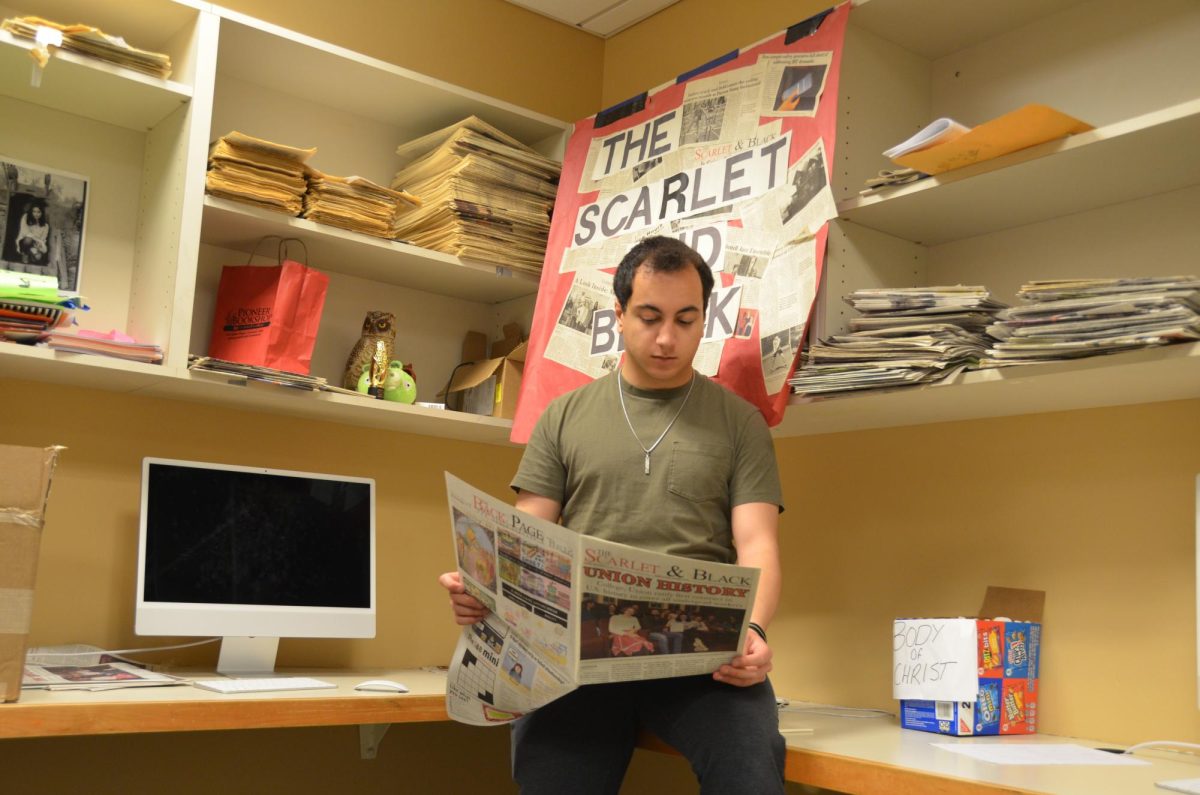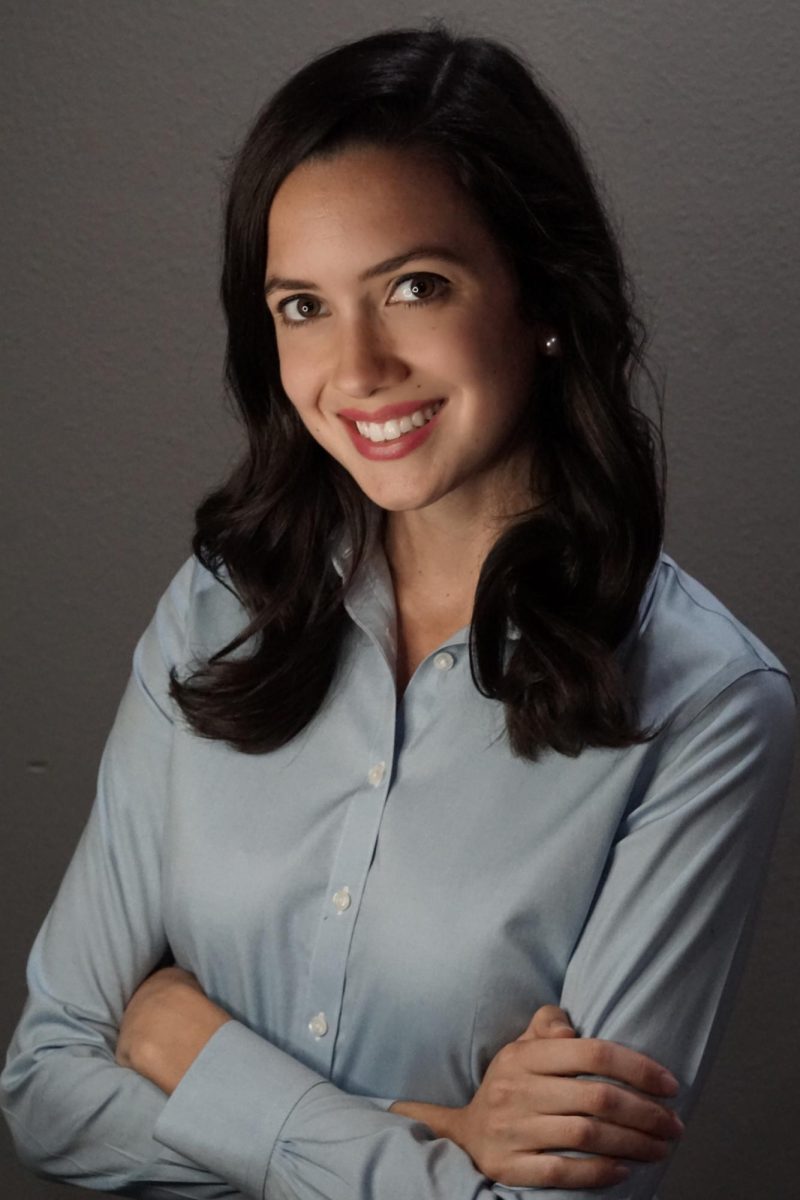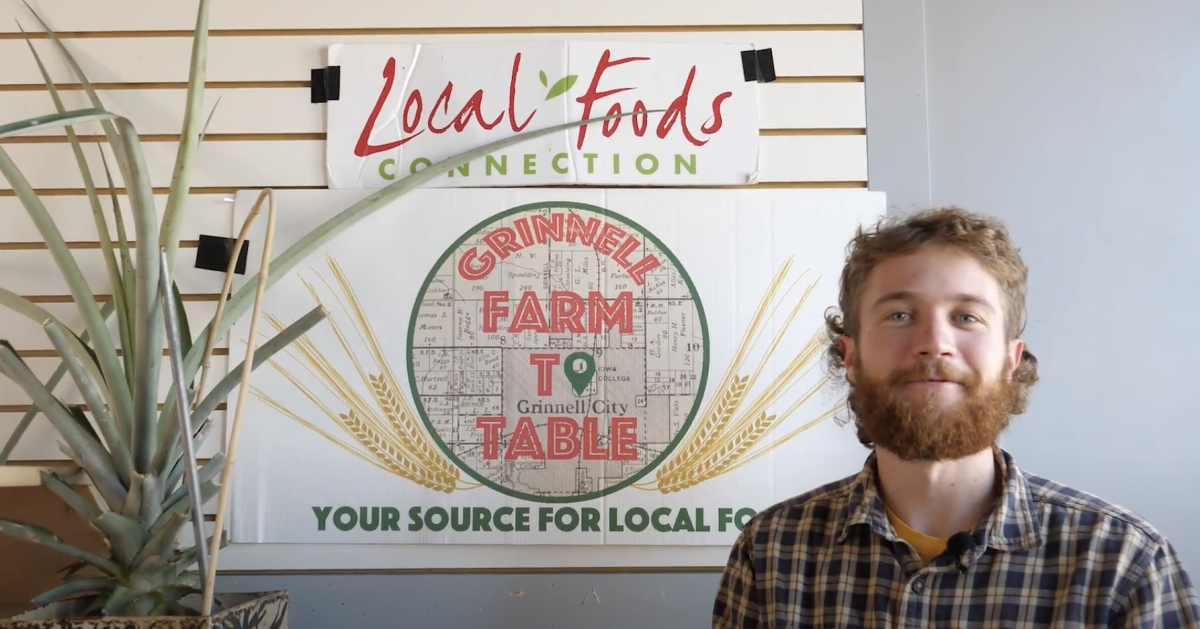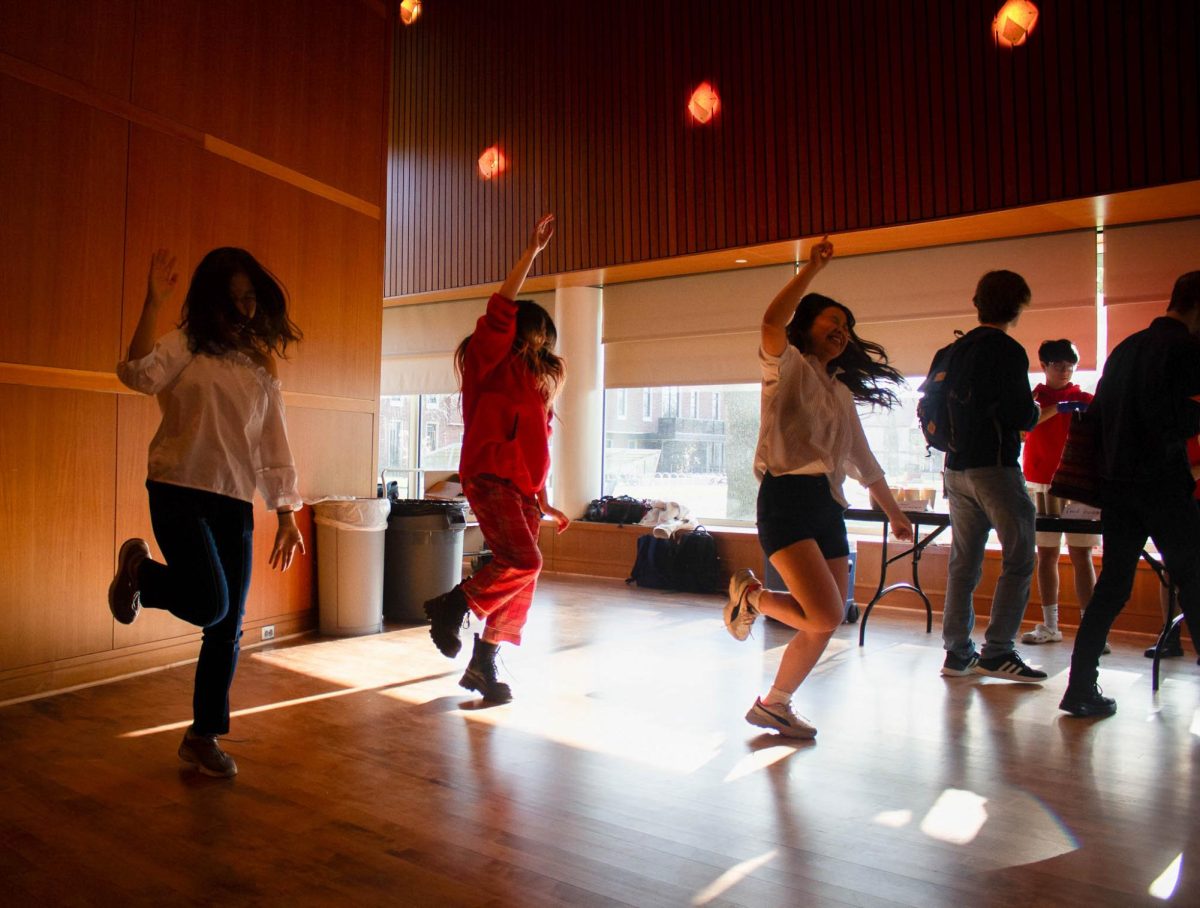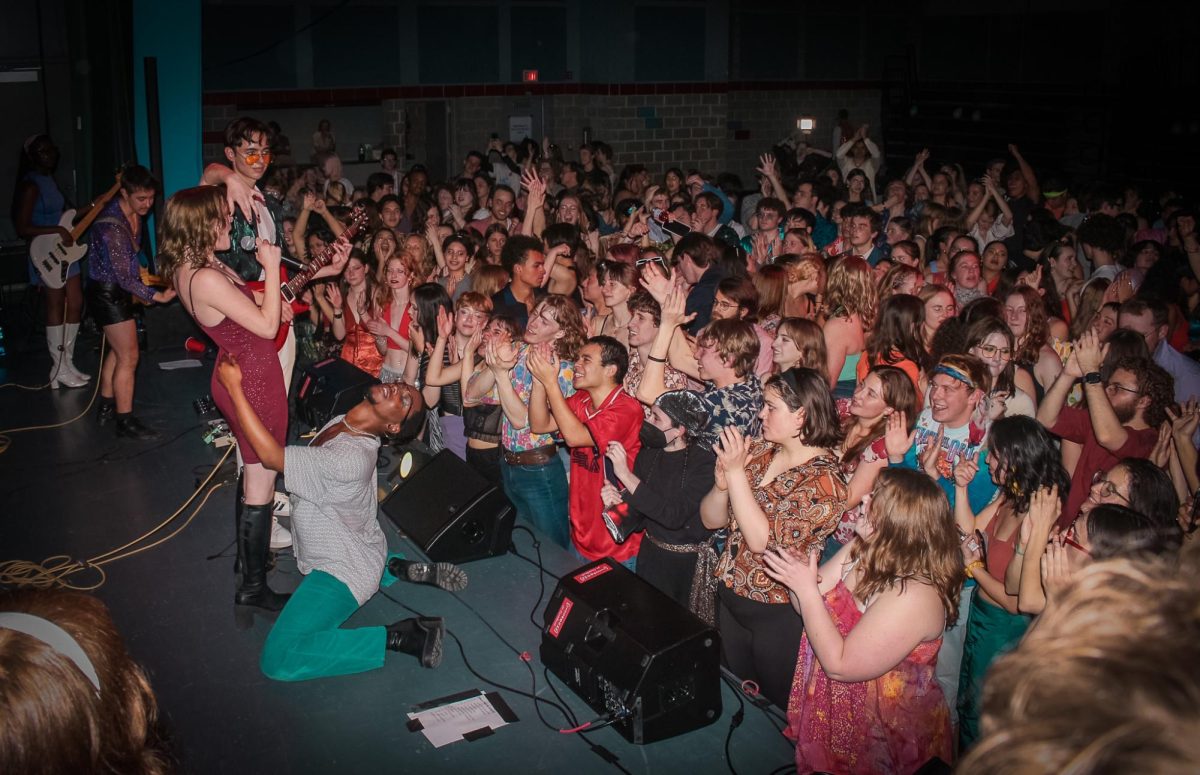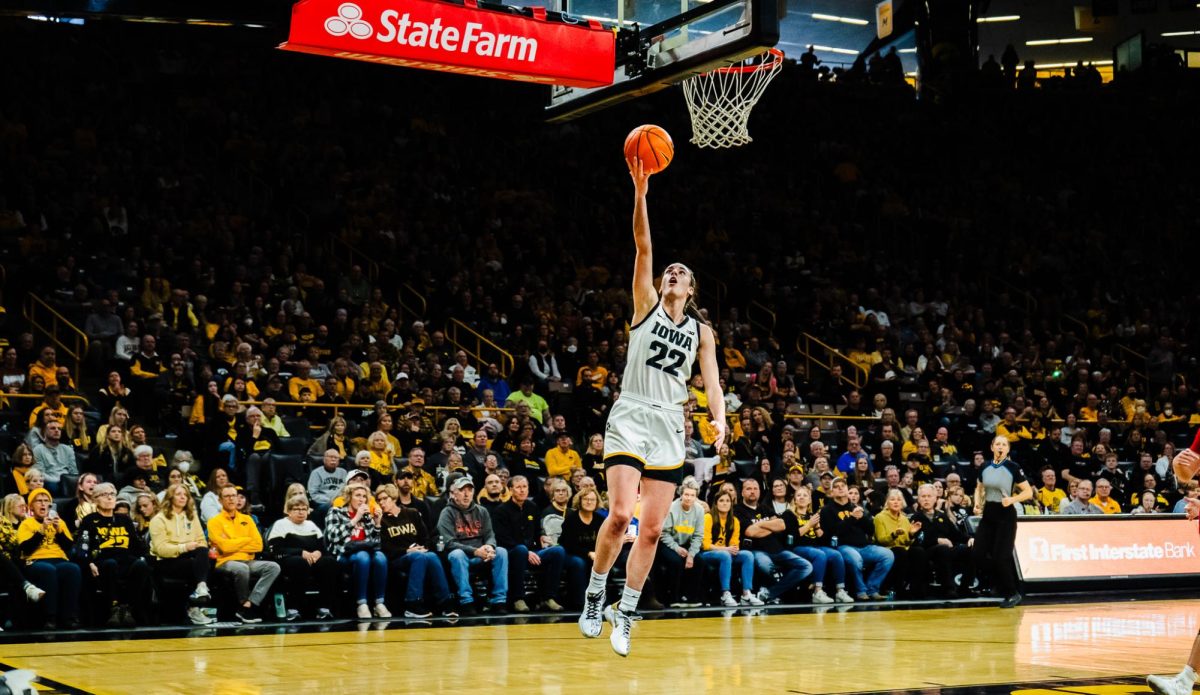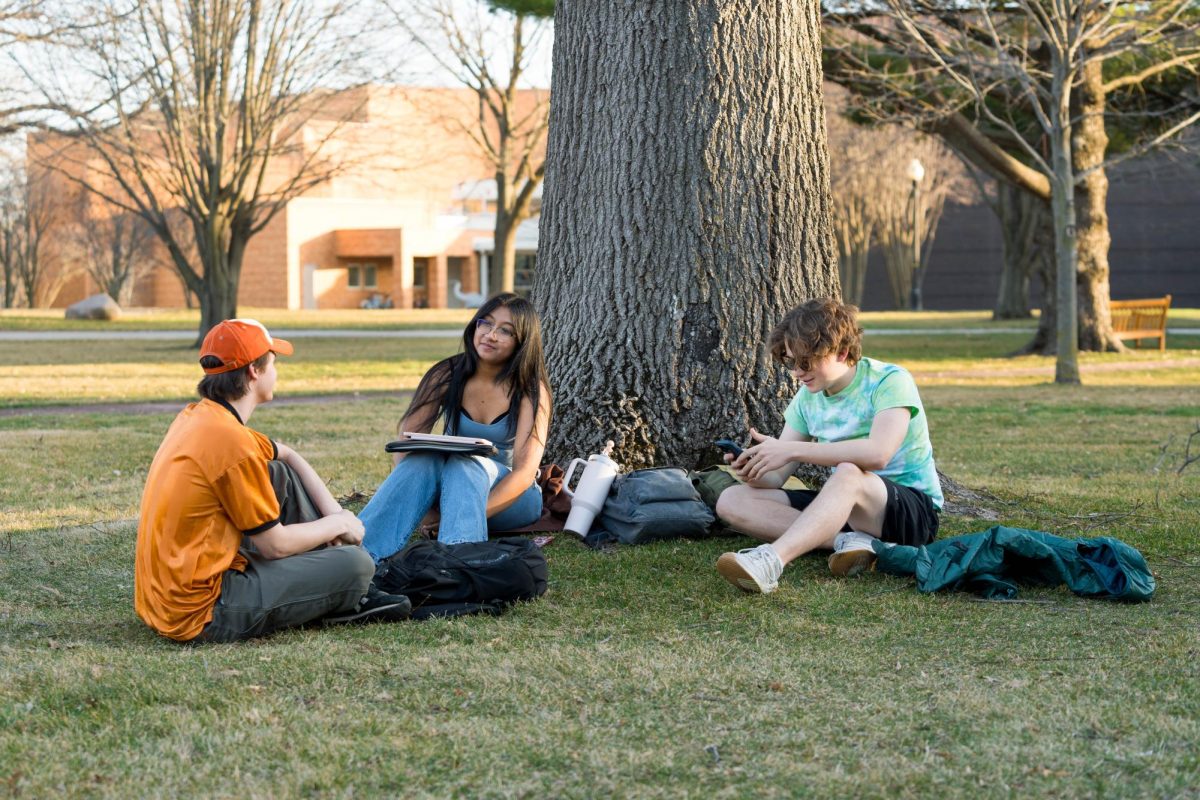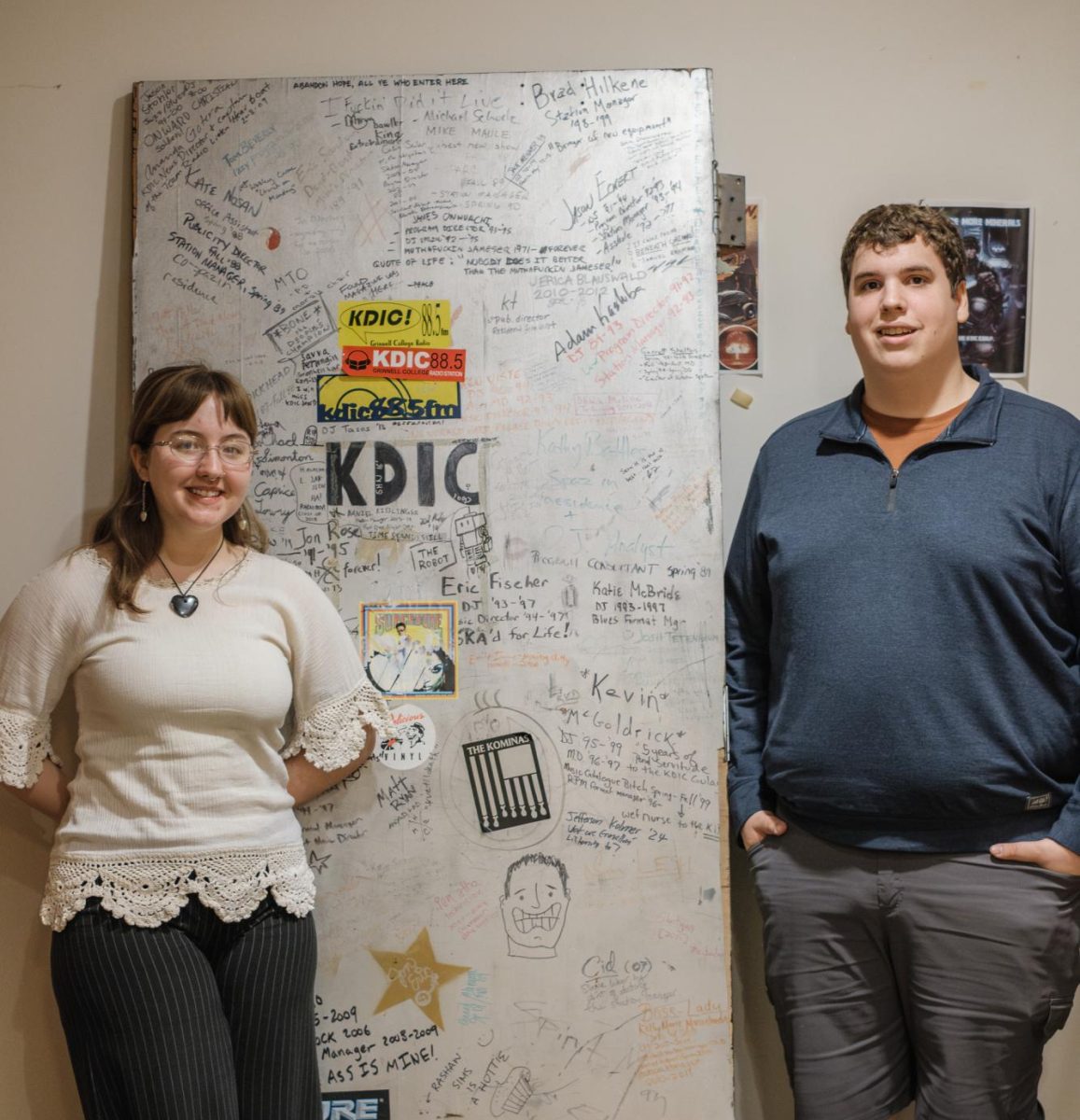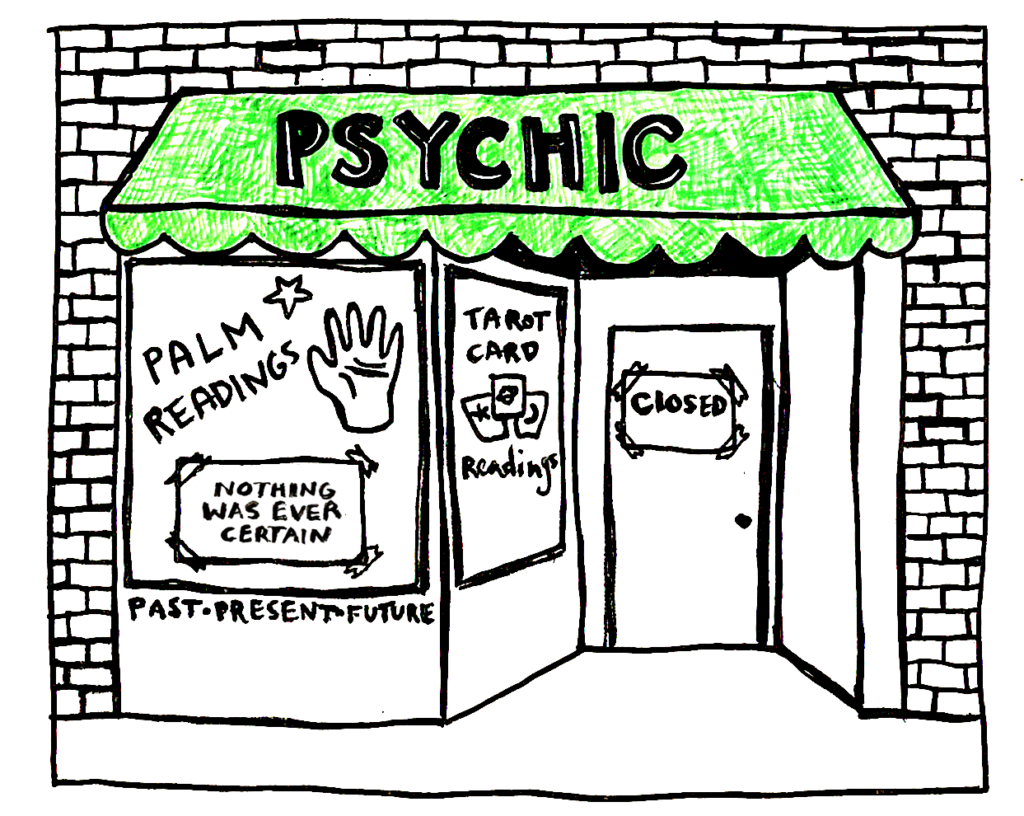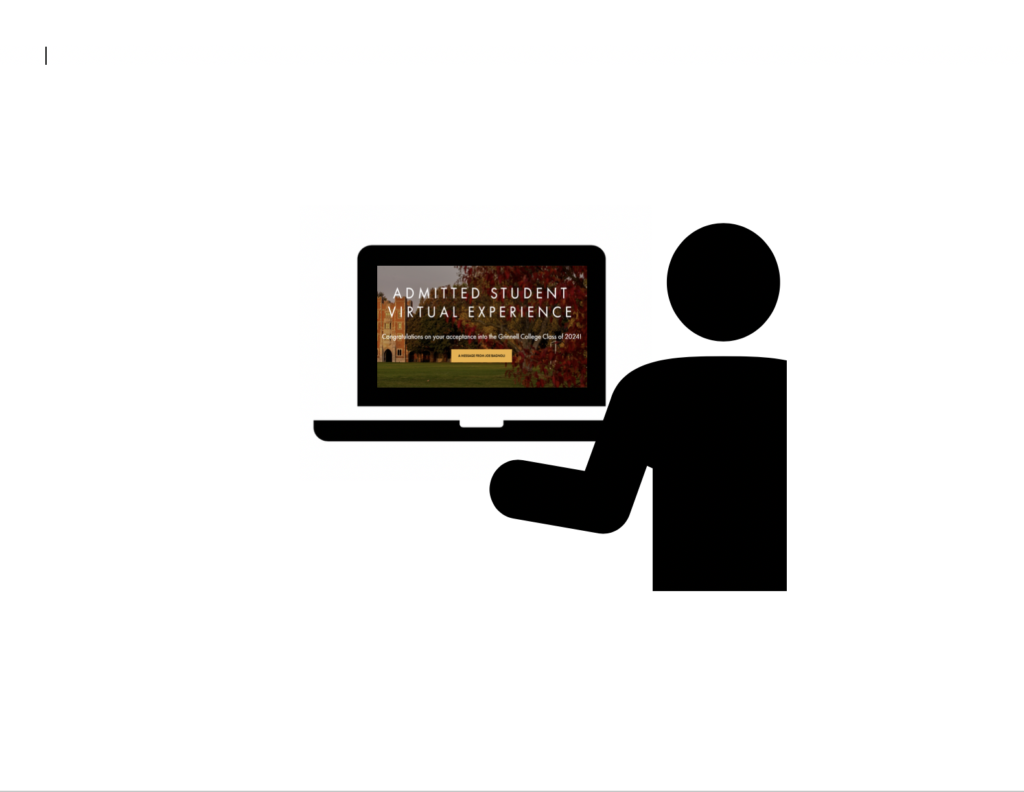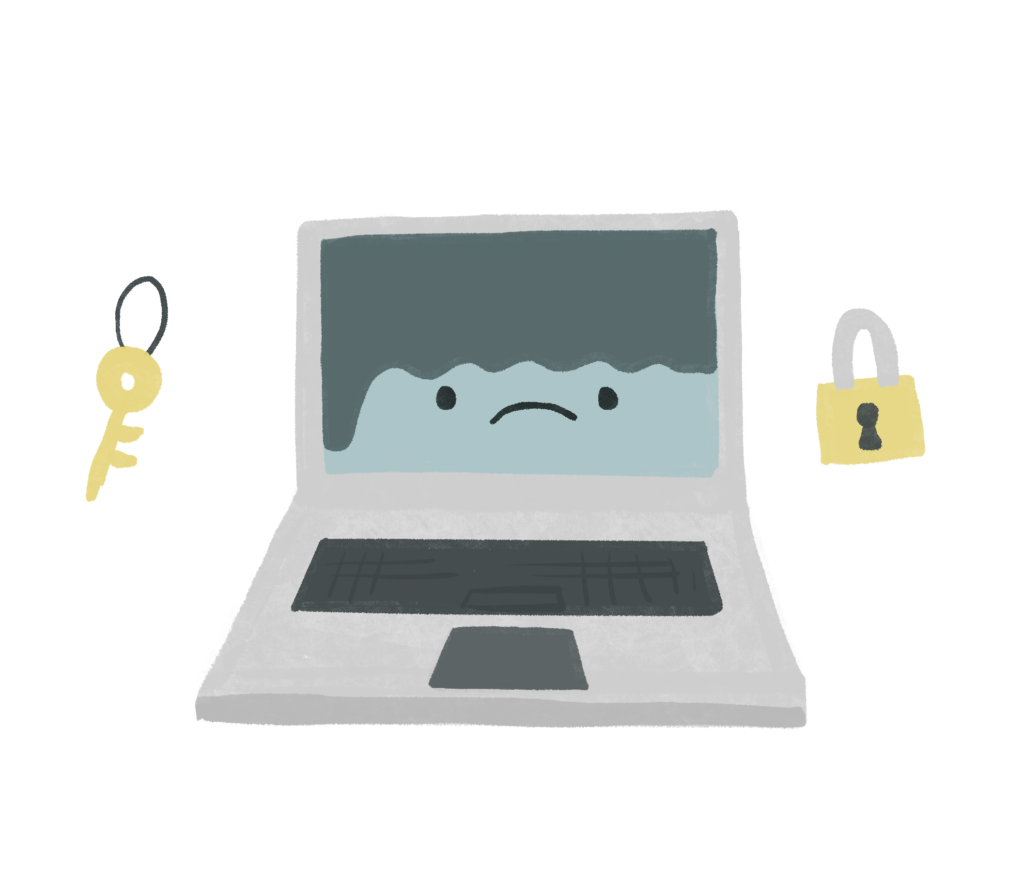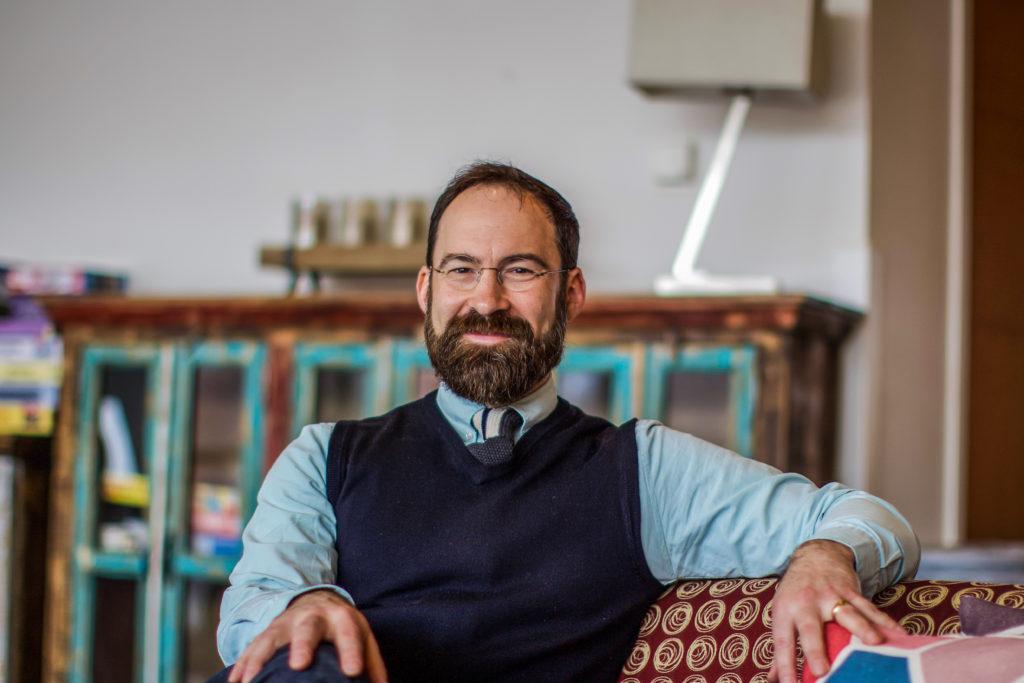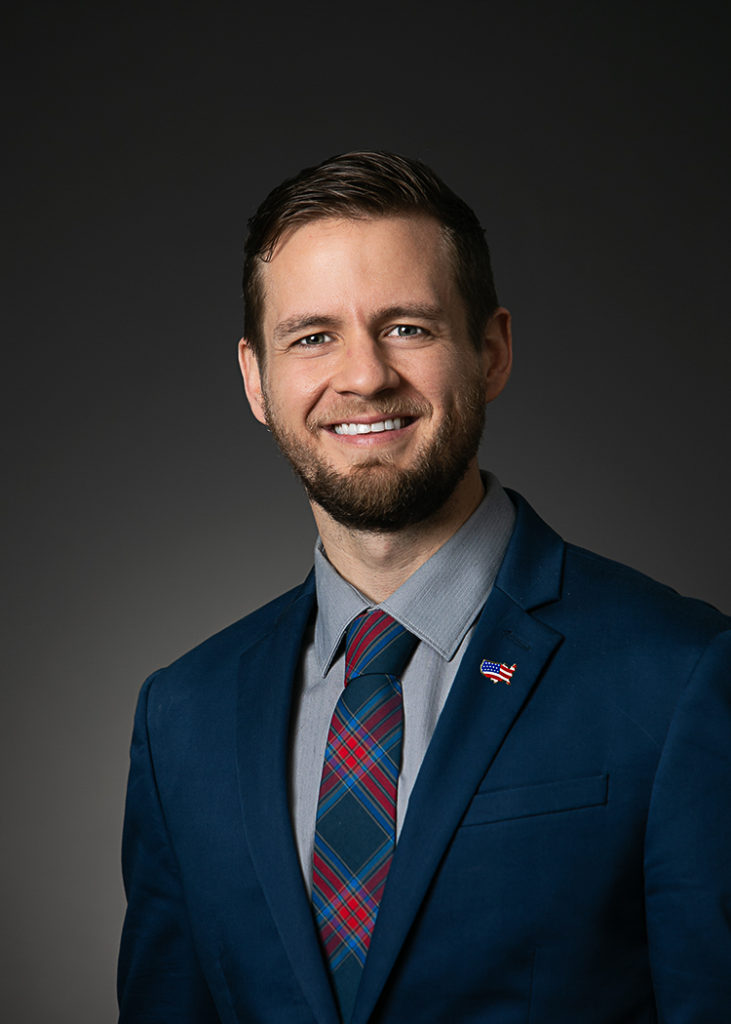Across a number of different media, Lauren Roush ’16 has created art that is beautiful, strange and everything wonderfully in between. This semester she has focused on portraits created with found fabrics and embroidering, and begun experimenting with monotypes — a form of printmaking typically done by transferring paintings or drawings from a smooth, non-absorbent surface to paper — printed on fabric.
The S&B: I know that you’ve done a lot of different kinds of projects — what have you been working on most recently?
Roush: This year I am taking both a site-specific seminar and a MAP, so it kind of seems like a lot of them are merging, but for the MAP I’ve been focusing a lot on using fabric differently and embroidery differently to make portraiture, because before I was just doing portraits using embroidery. So, I’ve been using a lot of found textiles, the same as I was doing with my embroidery portraits, but I had been layering found fabric on top of each other and then going in and embroidering. It’s been a lot of experimental stuff, just trying to understand processes, but right now I’m using stencils and the same layering fabric and embroidering and painting to try to create a portrait. … But I’ve also been working a lot with monotypes this semester. Almost all of the people represented in my portraits are close friends and family. I was interested in thinking about what develops around textiles, and I wanted to explore intimate relationships in my own personal life. So in response to the fabric portraits I’d been doing, I started doing the monotype portraits which are more expressive, and instead of the huge tedious process of embroidering, [they are] a moment in time or a suite of several different monotypes. I just finished my final projects — monotypes of my dad that are on china silk. They’re being displayed at Make/Shift right now so they’ll be in the senior showcase. … Usually the monotypes I work with are fairly small. These are three foot by three foot and there [are] four of them. But they’re on china silk, which is transparent, so you can see them from both ends and it looks the same, and they’re displayed kind of stacked up on top of each other and you move them [on a curtain rod].
Tell me about the teacups with teeth.
I was working a lot in sculpture, and I was in an accident, so I’ve gone through a lot of oral surgeries. … For like fourteen years it’s been a series of surgeries with my teeth and stuff. I was kind of interested in the obsession we have with teeth and having good teeth, and I guess it was a way for me to deal with what was going on, thinking about fine china like teeth and then also thinking of how that’s such an intimate object to have to your mouth and what it would be like to have somebody else’s mouth. If you go to a restaurant, people drink from the same cups, and you hope it’s clean, but you don’t know. So, I was thinking of a few different things. One was in wax and one was in silicone, and it was really hard to do for both of them. It’s my teeth and my tongue that are in the cups.
What is it that draws you to different experiments or projects, or why do you like to try out different mediums?
You get different meanings from different mediums. It’s refreshing to work in different mediums. It kind of gives your mind a break from difficult stuff.
What has been one of your favorite projects?
I am most interested in the embroidery portraits I have done and the monotype prints on china silk. Just because it was merging my two interests of monotype printing and also fabric. It’s something that’s so crisp and clean usually on print-making paper, to have the fabric under it and the movement, with monotype prints you can usually just see what is printed on the paper, but having it on china silk and being able to see the print from multiple perspectives is just really interesting to me.
Are there any new media you’re hoping to try out in the future?
Yeah, there’s a lot, but I’m interested in continuing in printing on fabric and just seeing what comes of that, using different colors, using different fabric, exploring that.
What artists have you been really into lately?
I just watched an Art21 [documentary] on an artist I’ve been really into, Cai Guo-Qiang. He does drawings, these really beautiful drawings, using fire and gunpowder and stuff like that. He’ll put paper down and then pick it up and there will be stencils underneath. I also have been recently into Diane Victor’s work. She’s been to Grinnell and had work in Faulconer. She does these really beautiful smoke drawings where she’ll have a candle and paper and she’ll make these beautiful portraits — Grinnell has some — and she’ll do installations and they’re just these huge, huge portraits that are just so beautiful.
